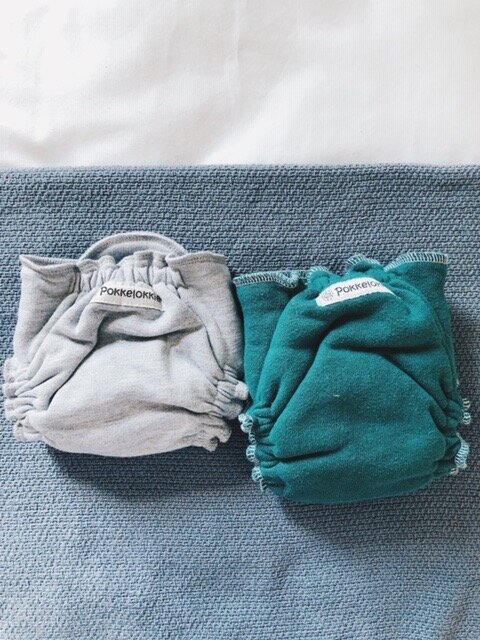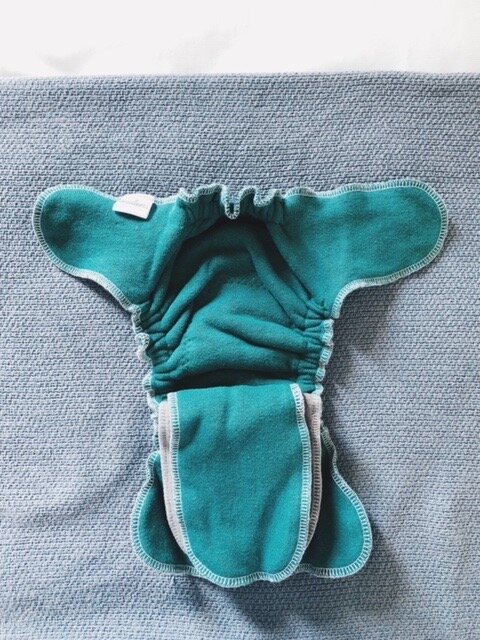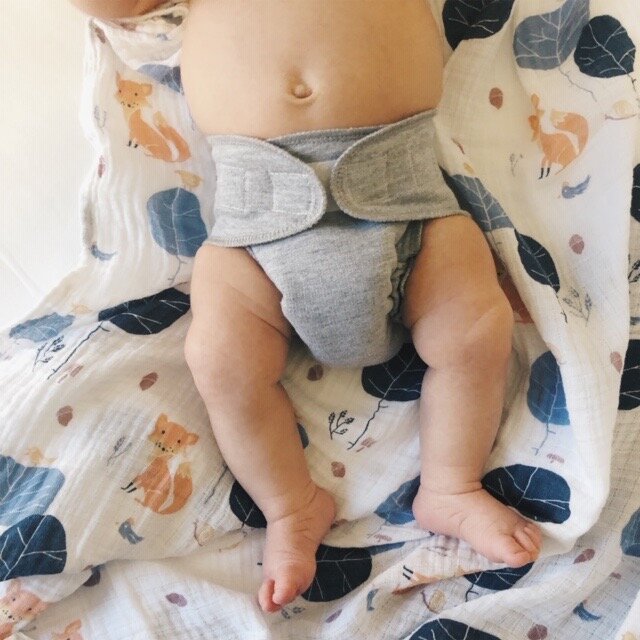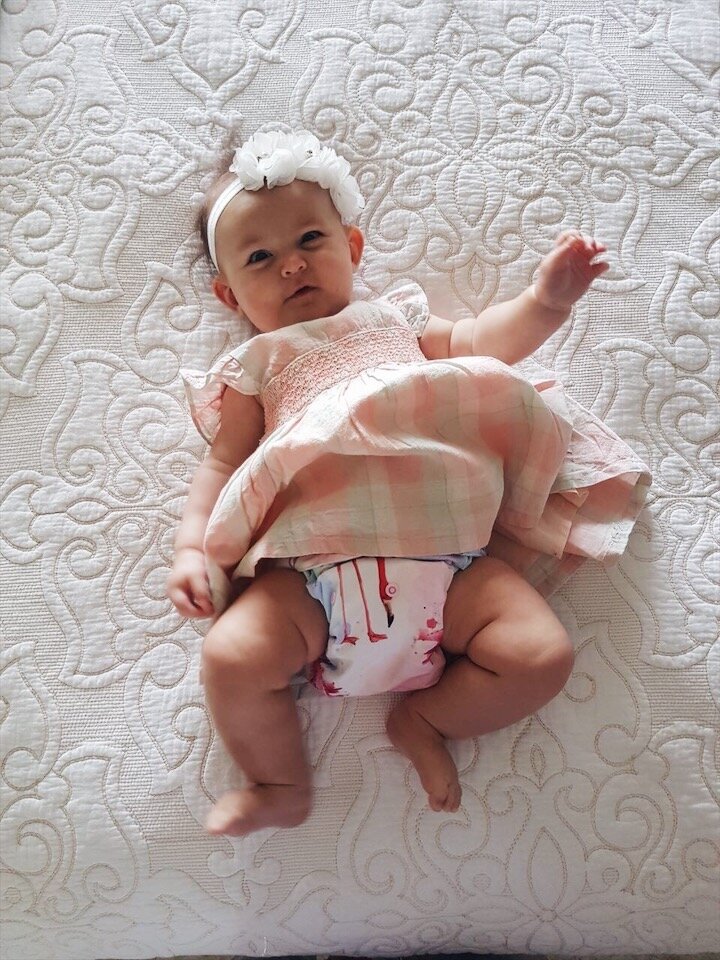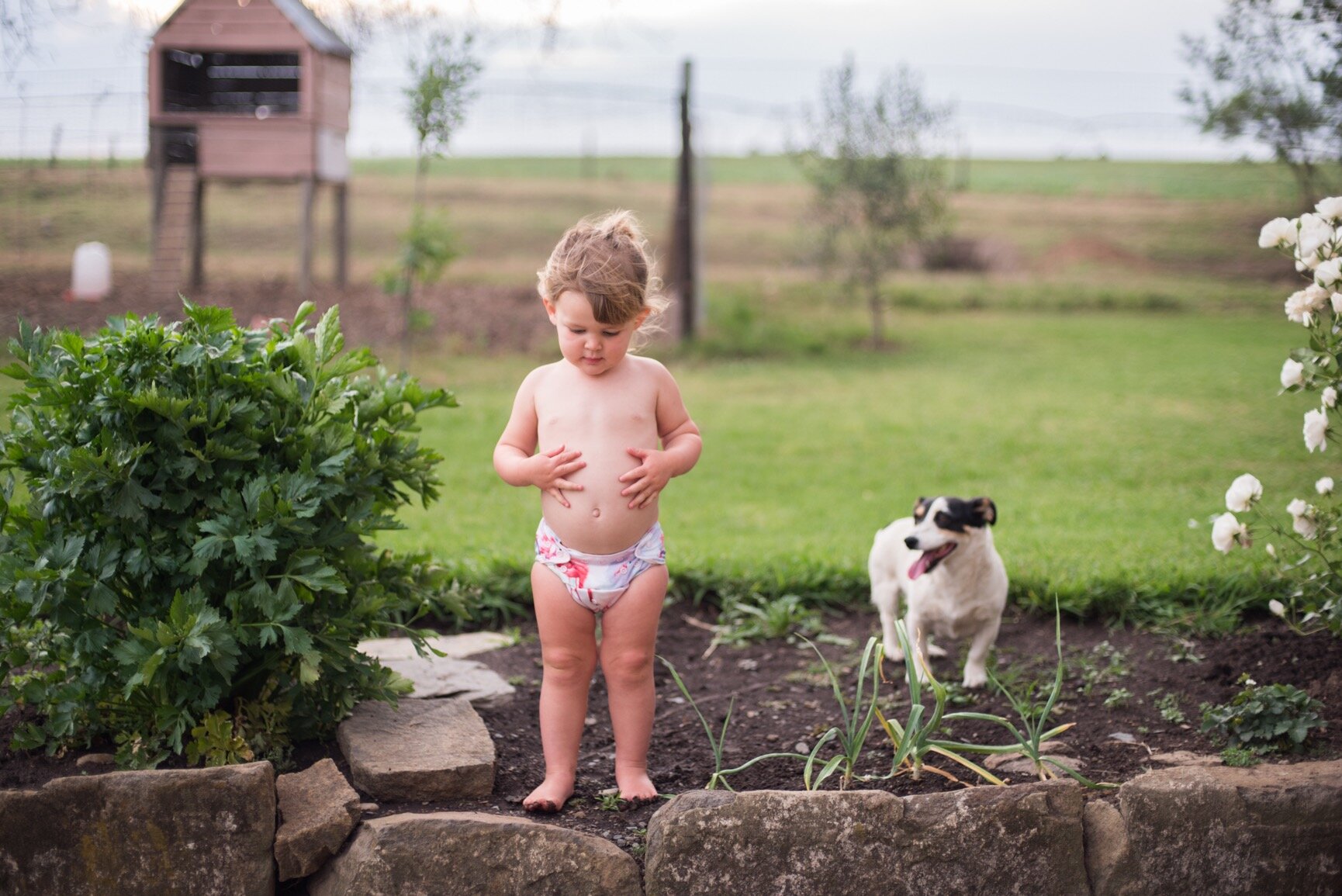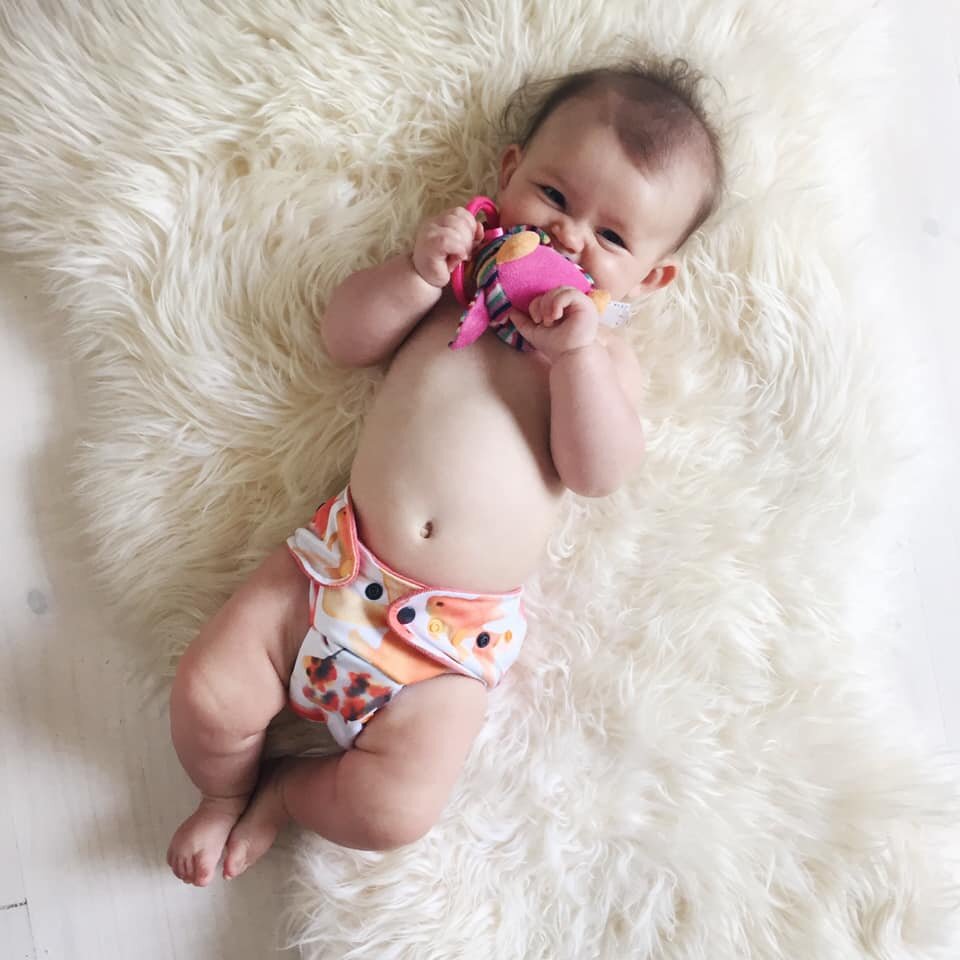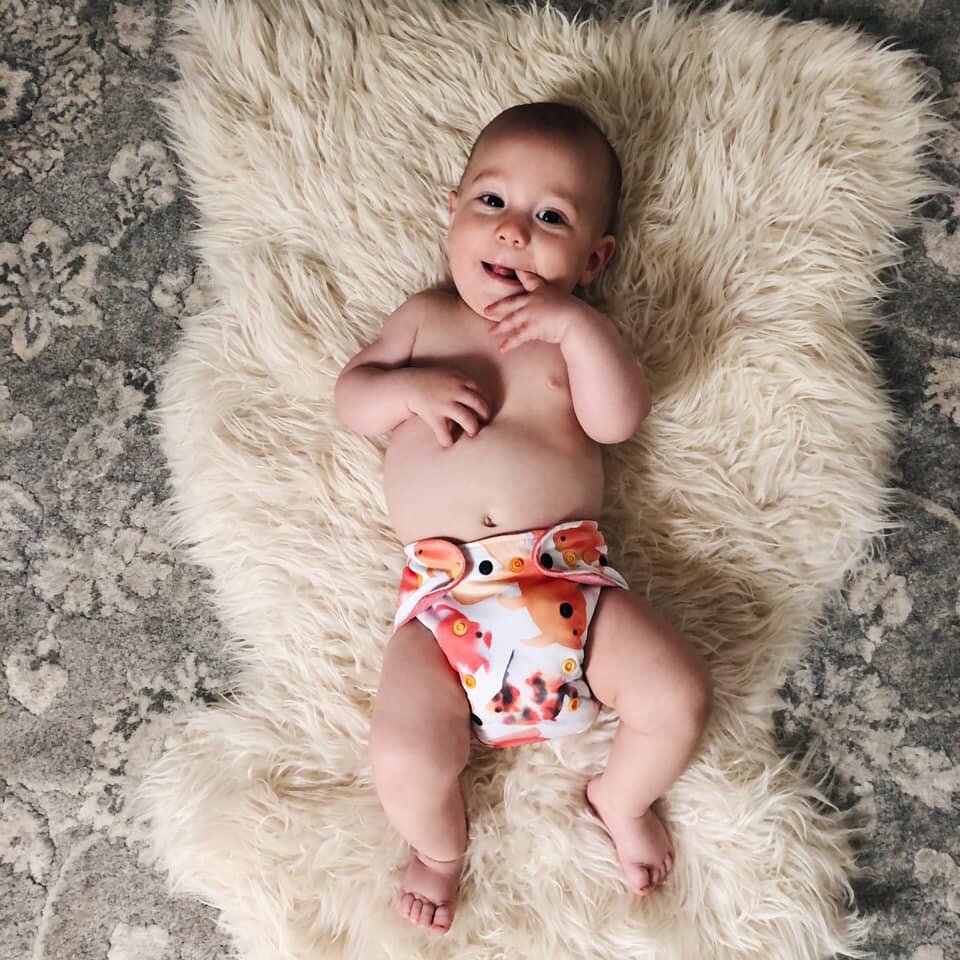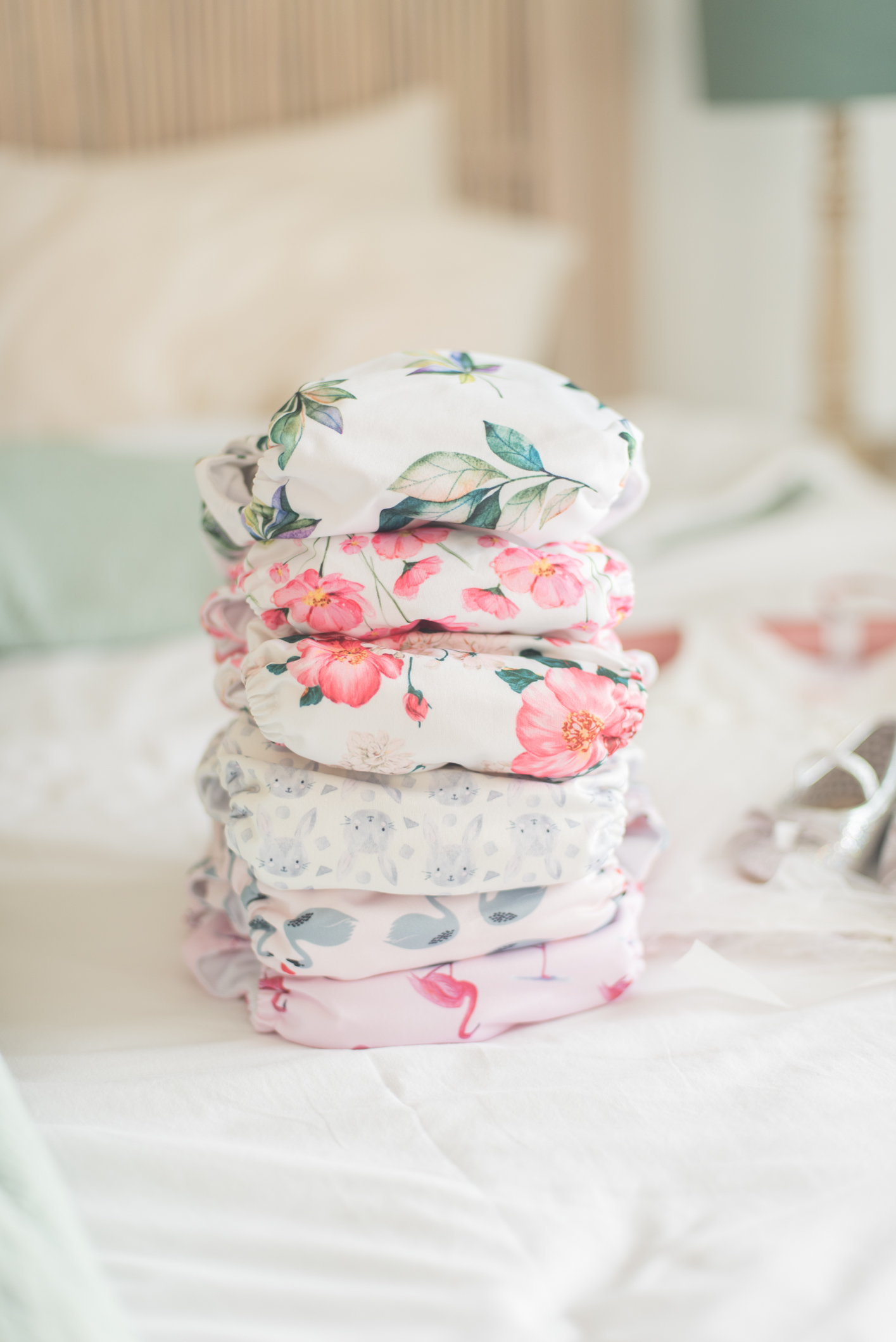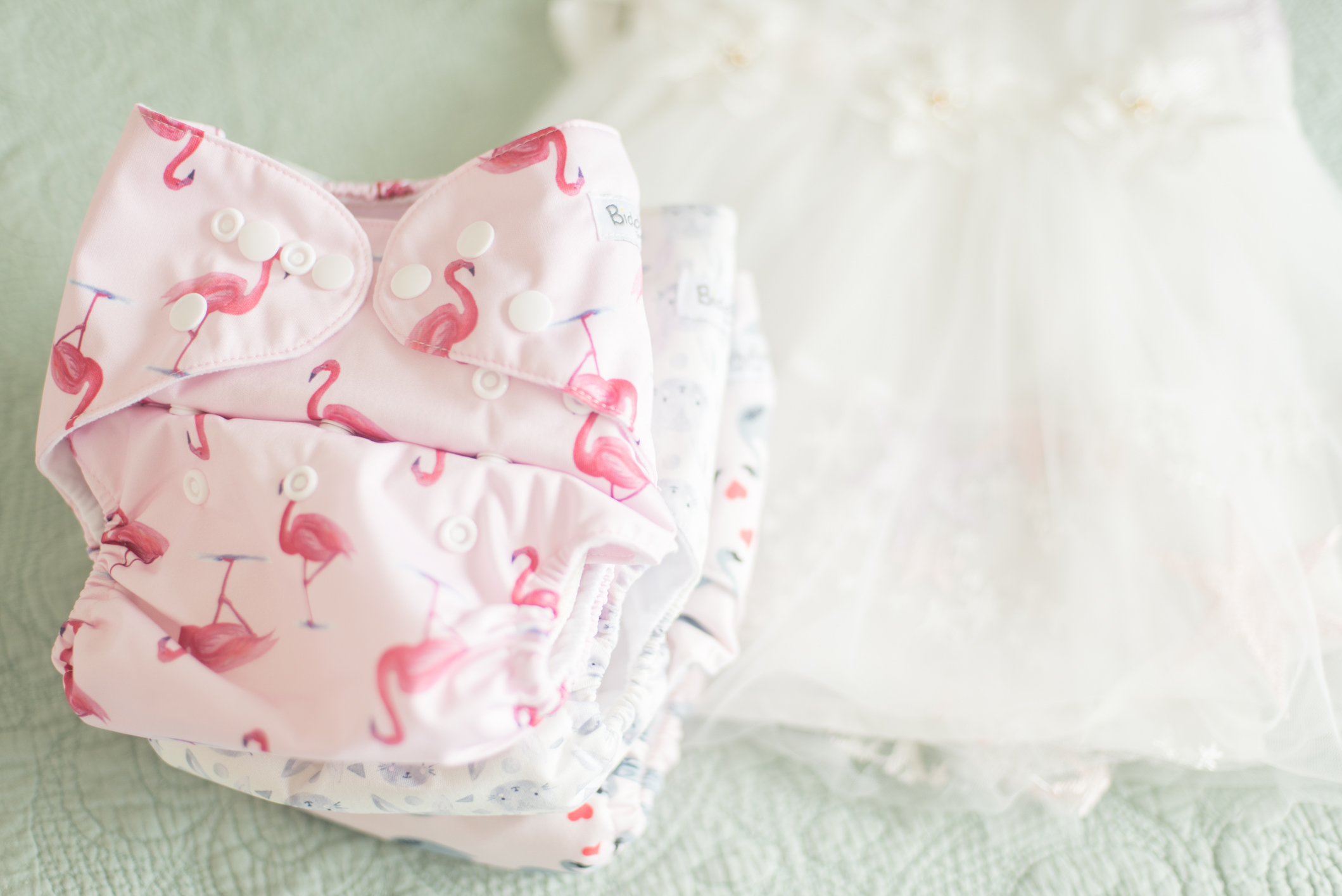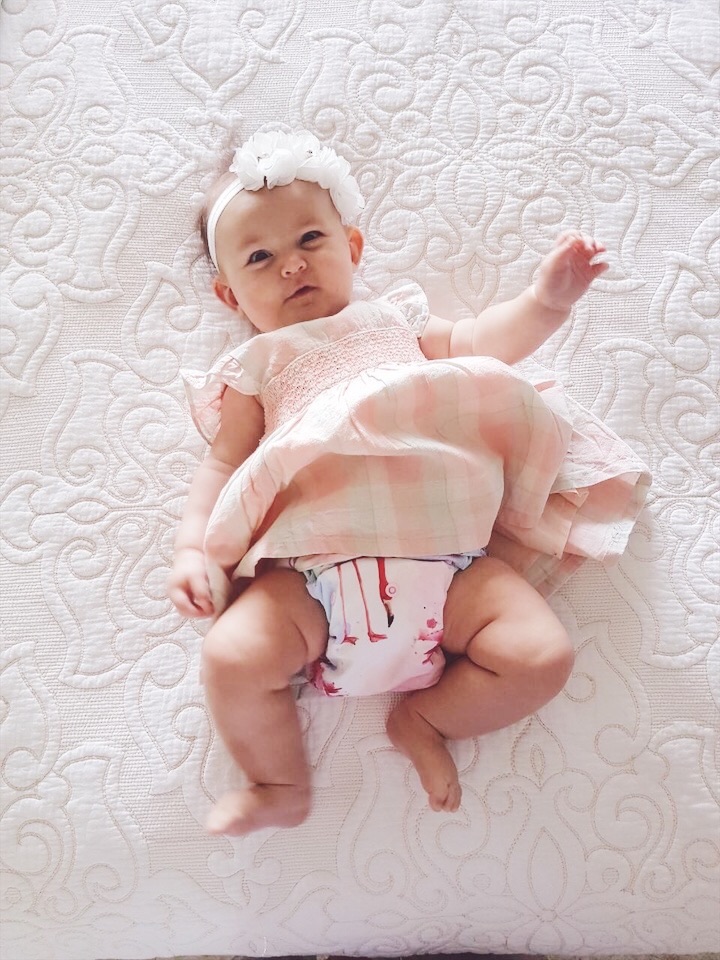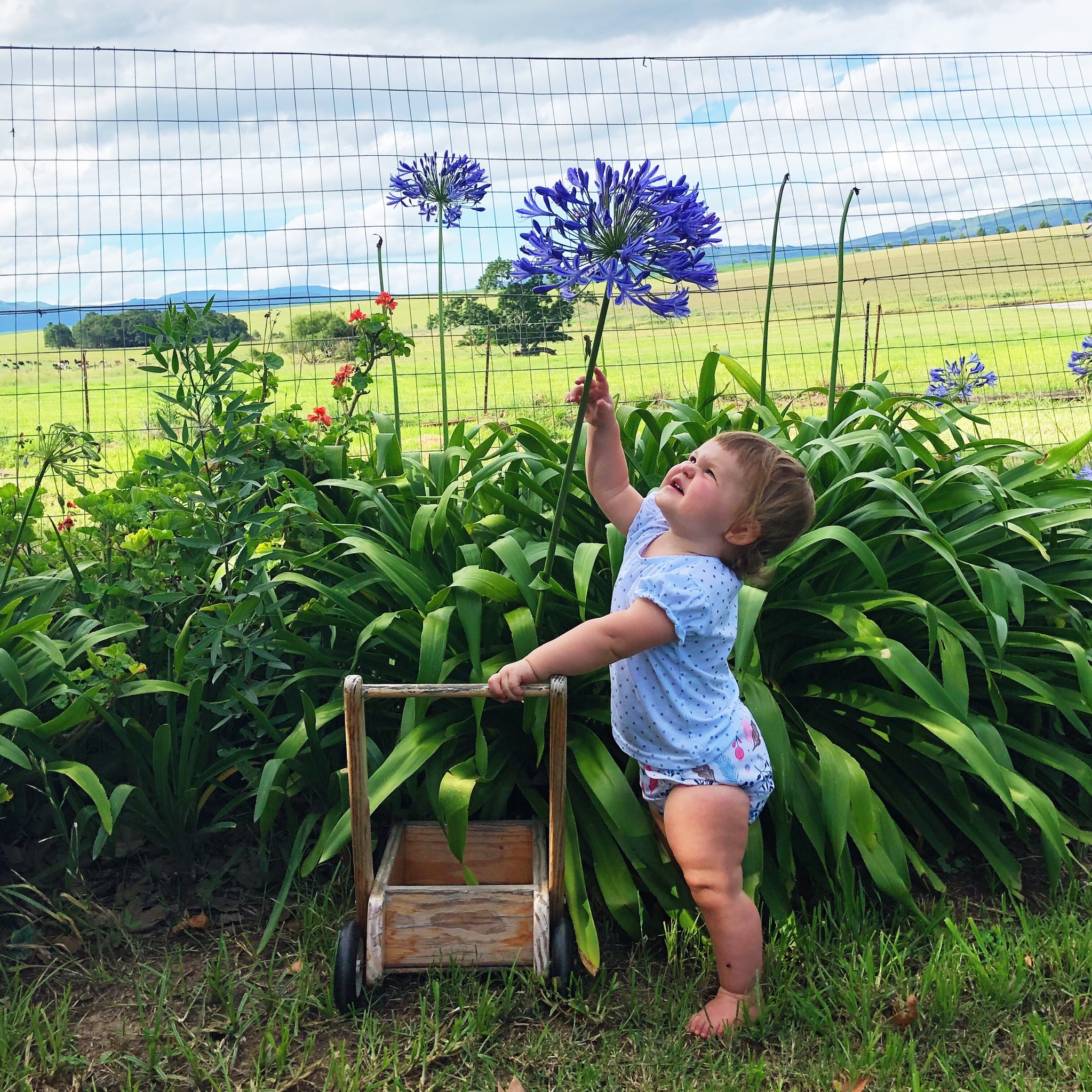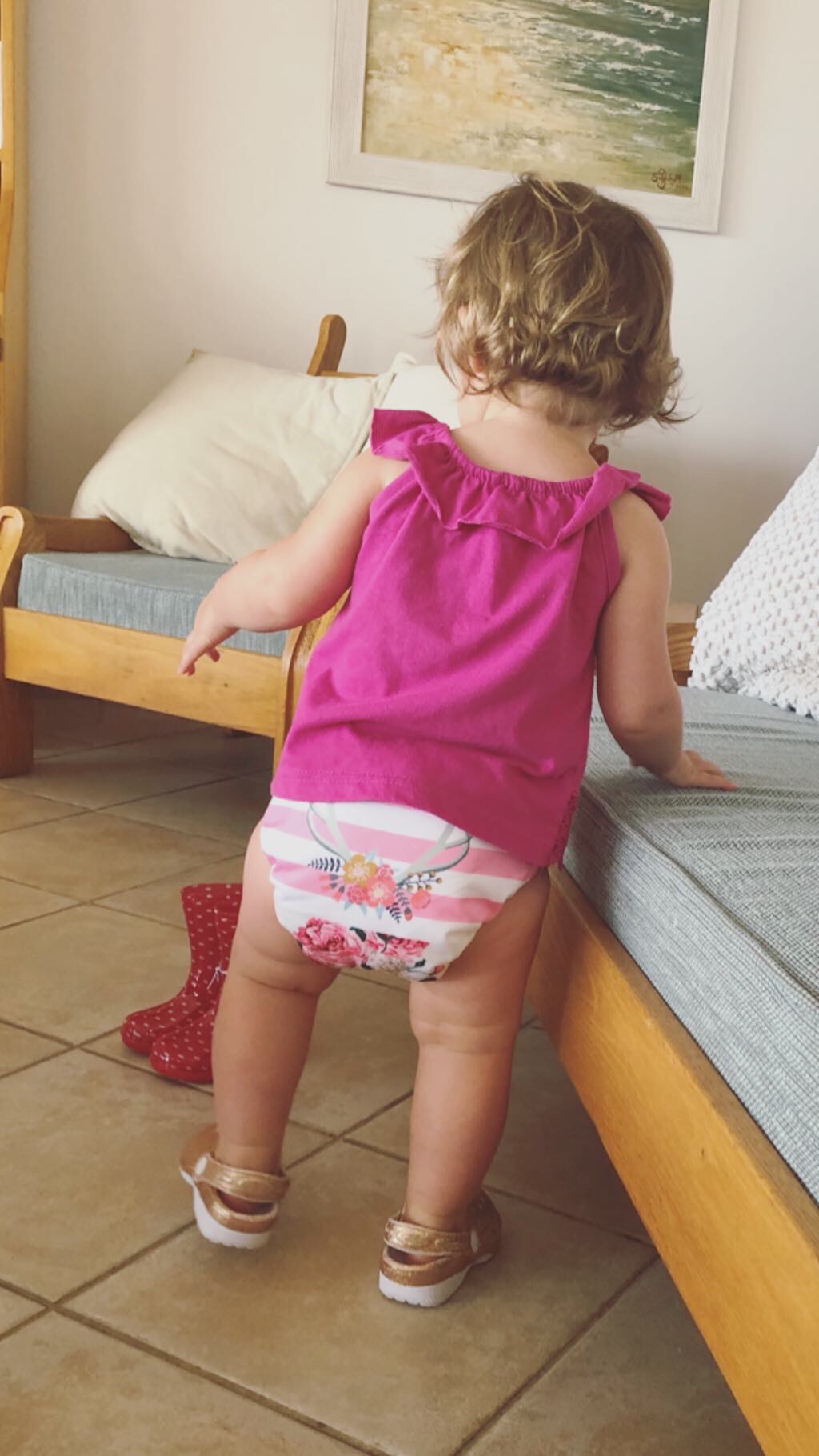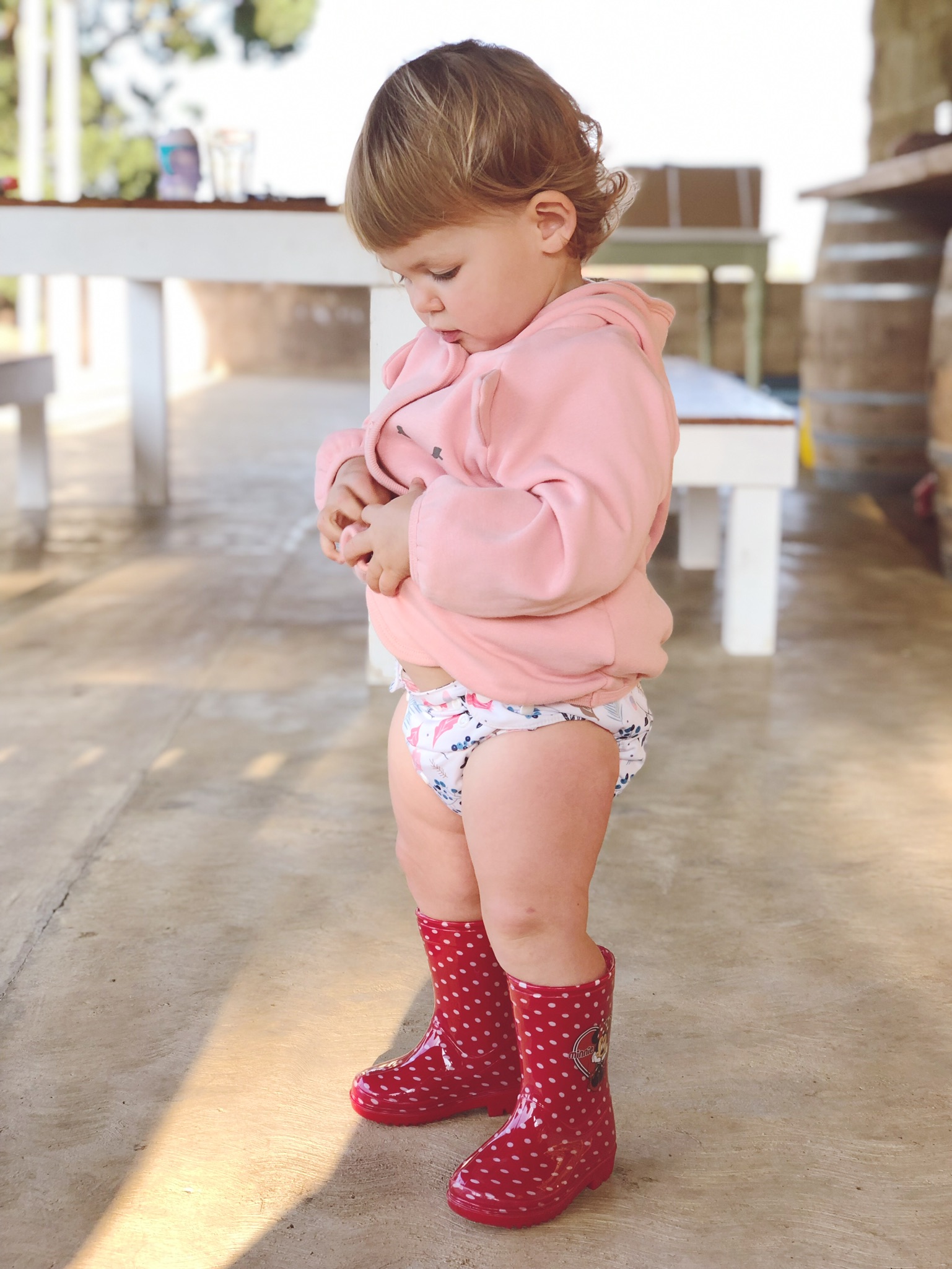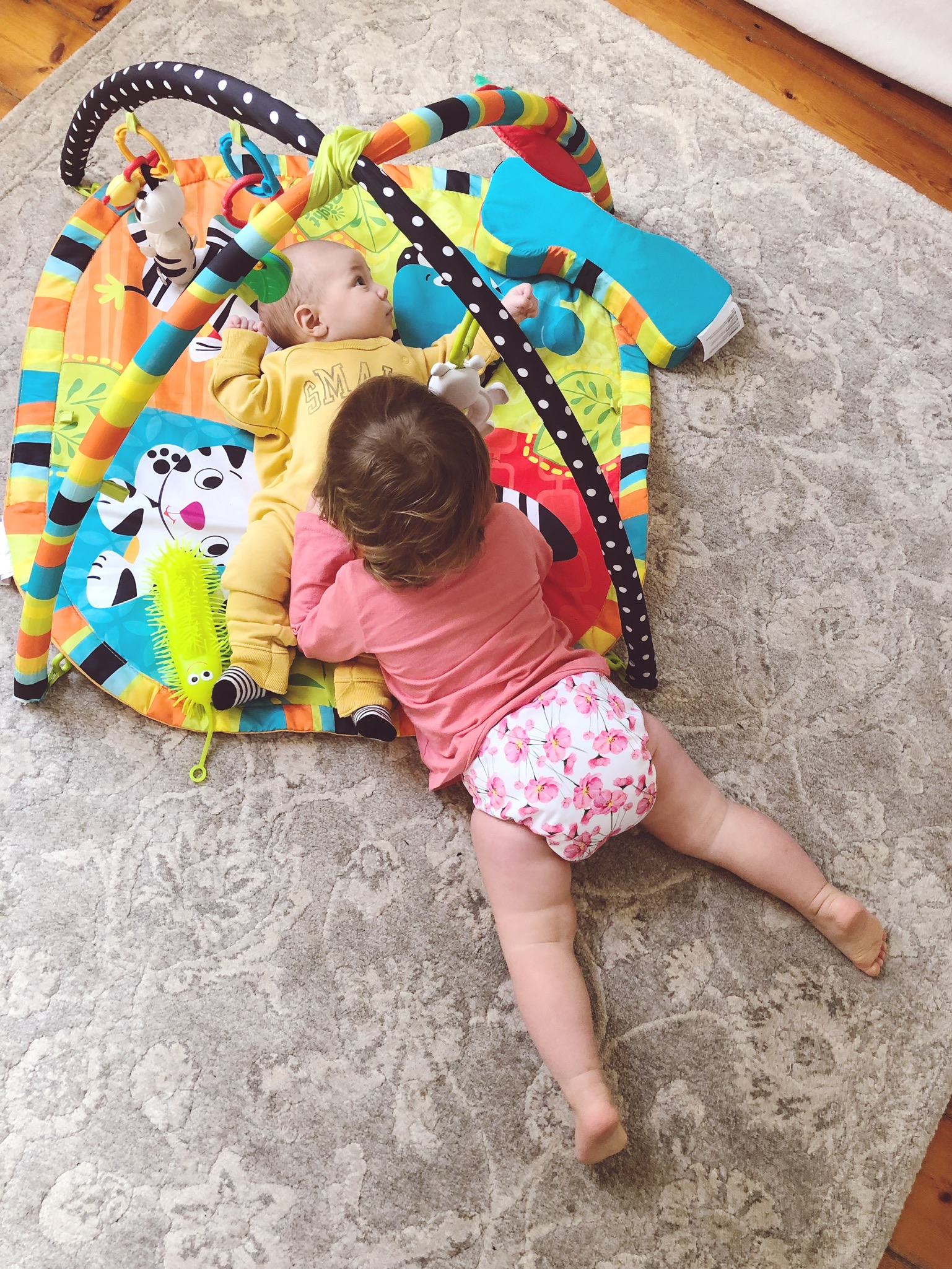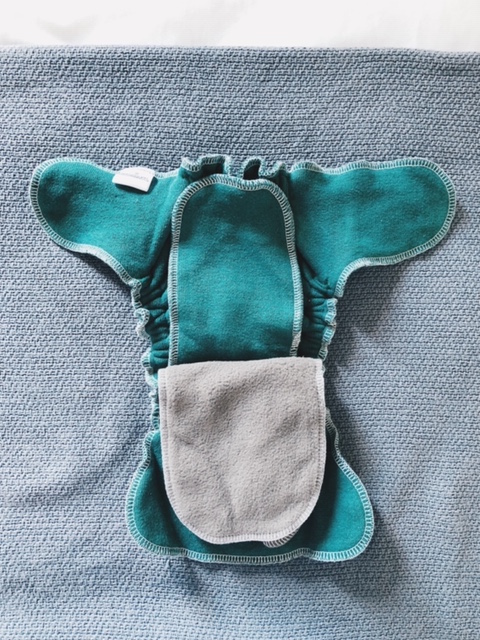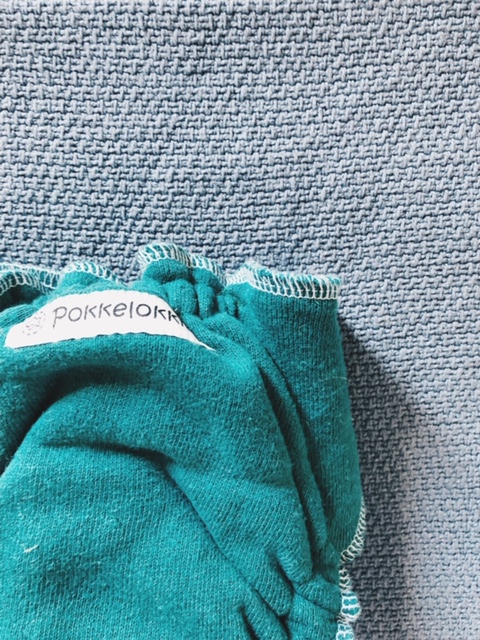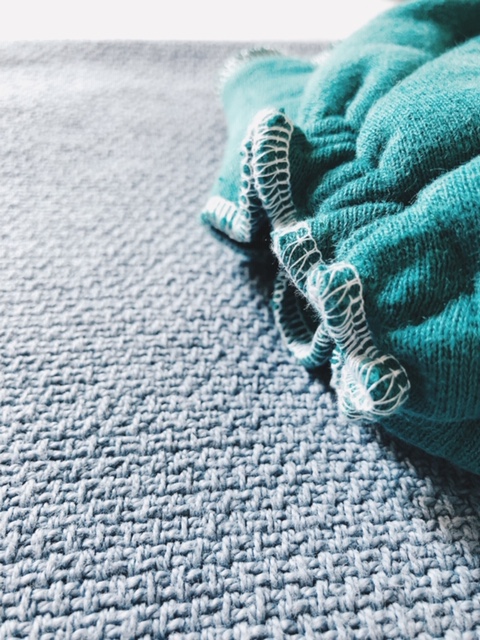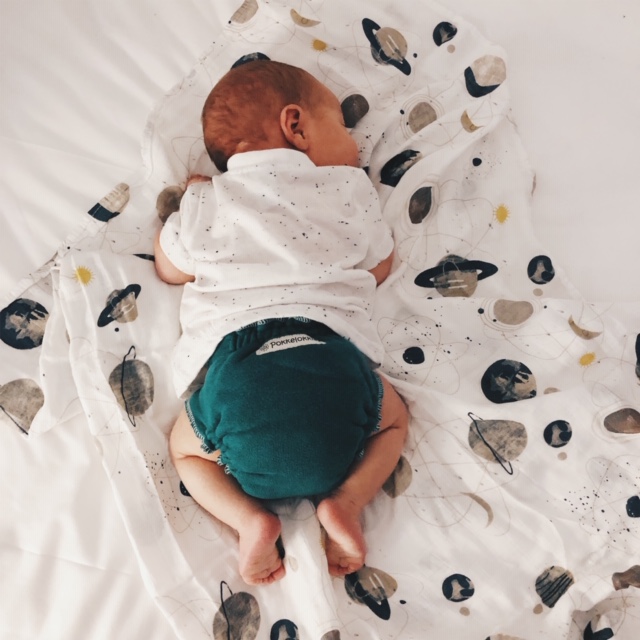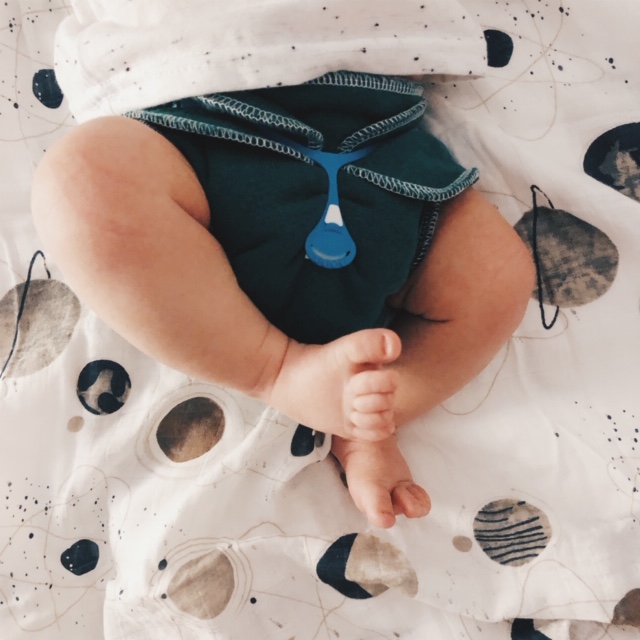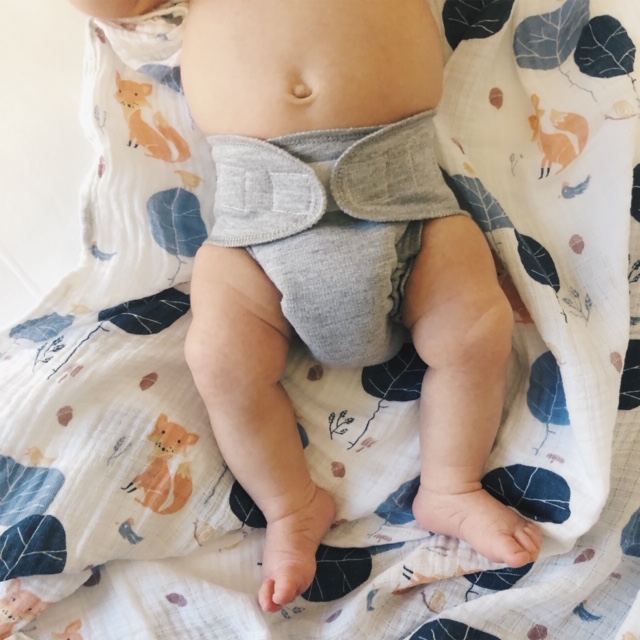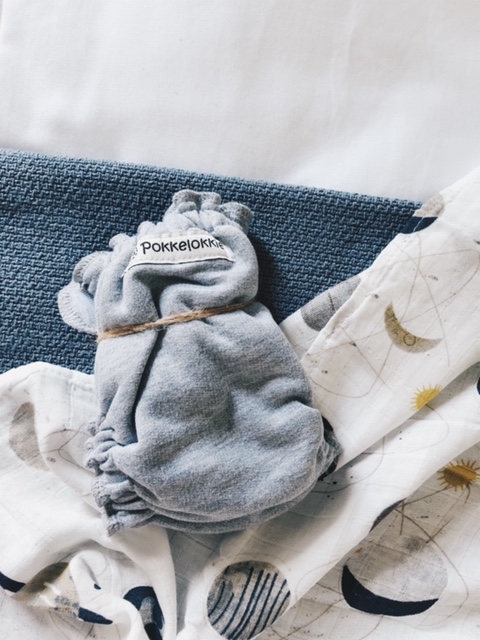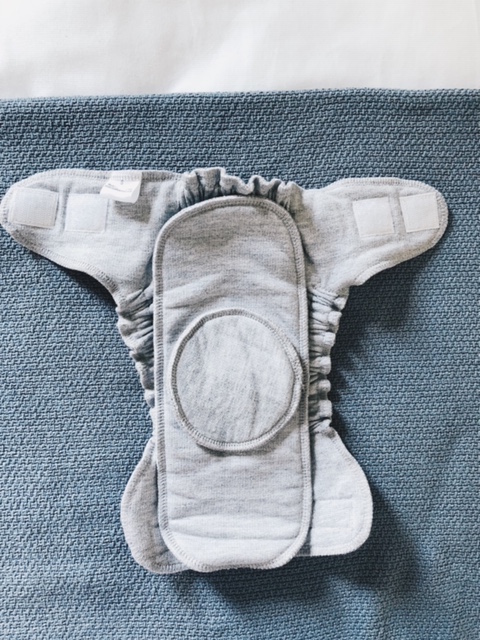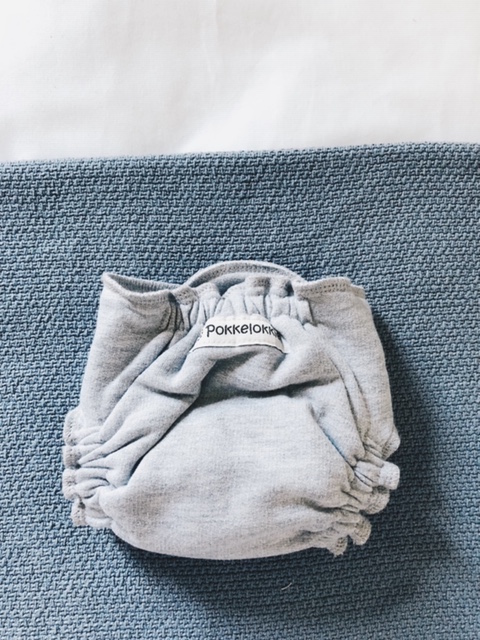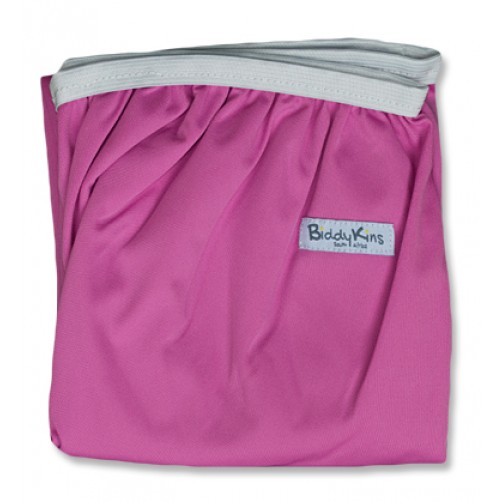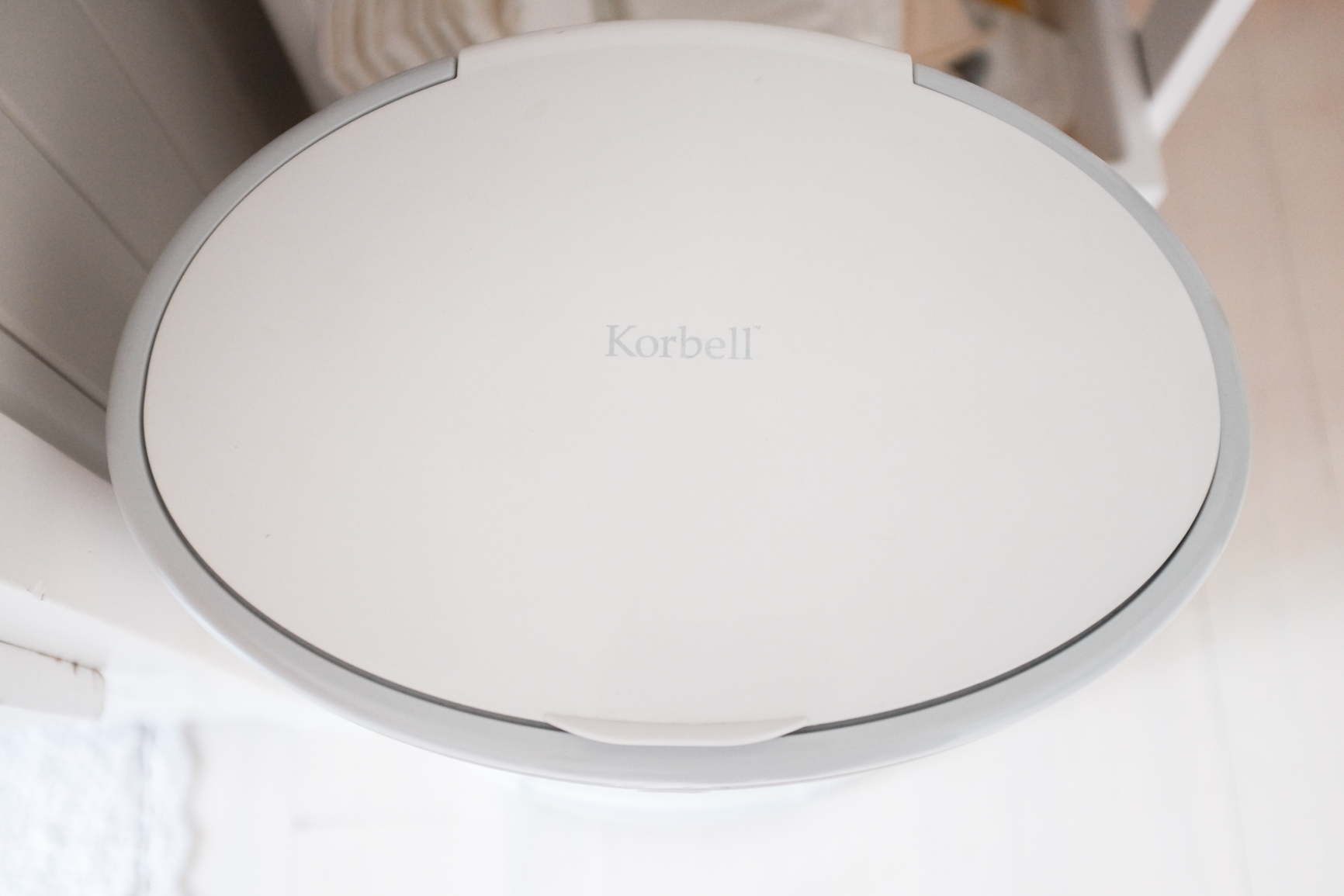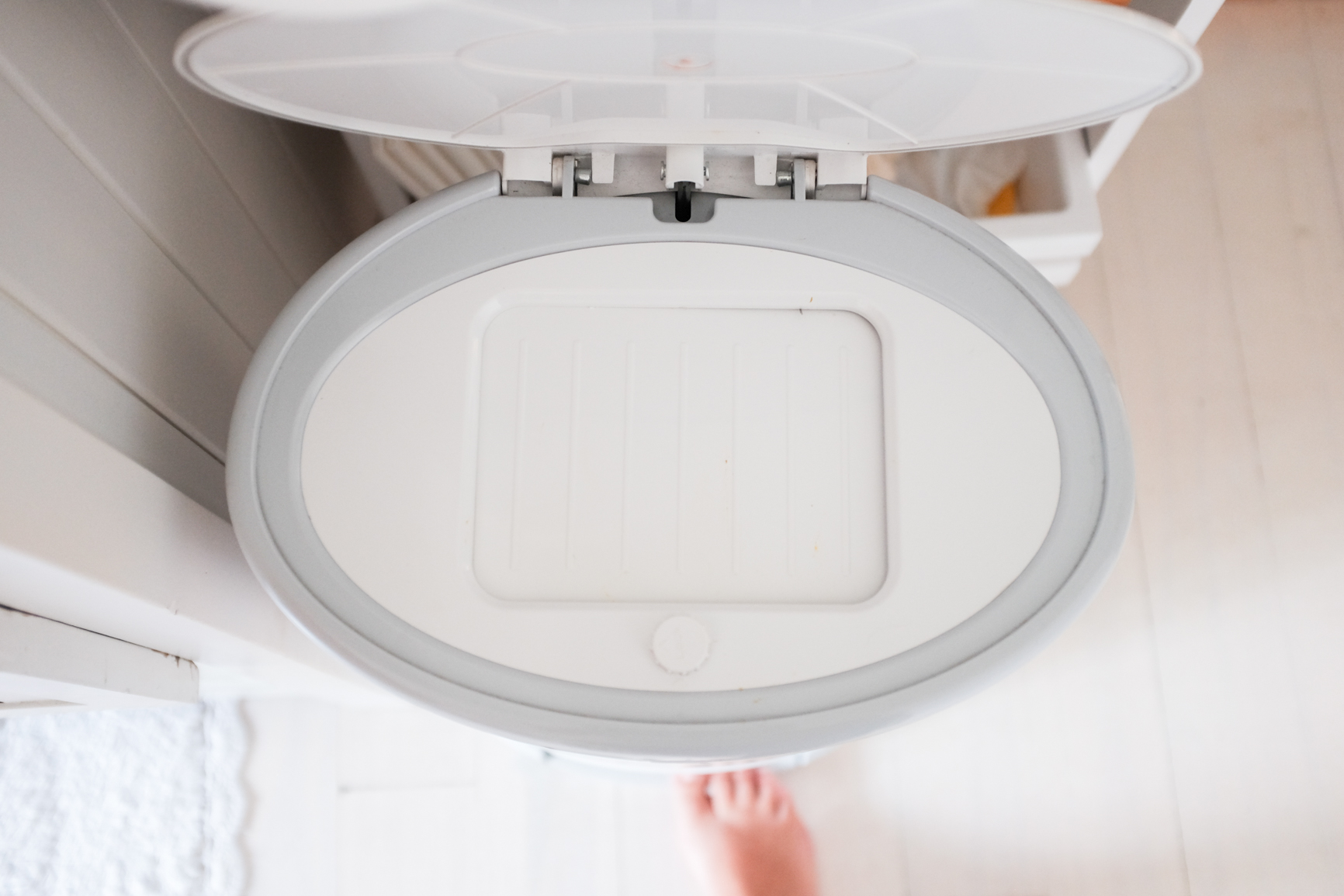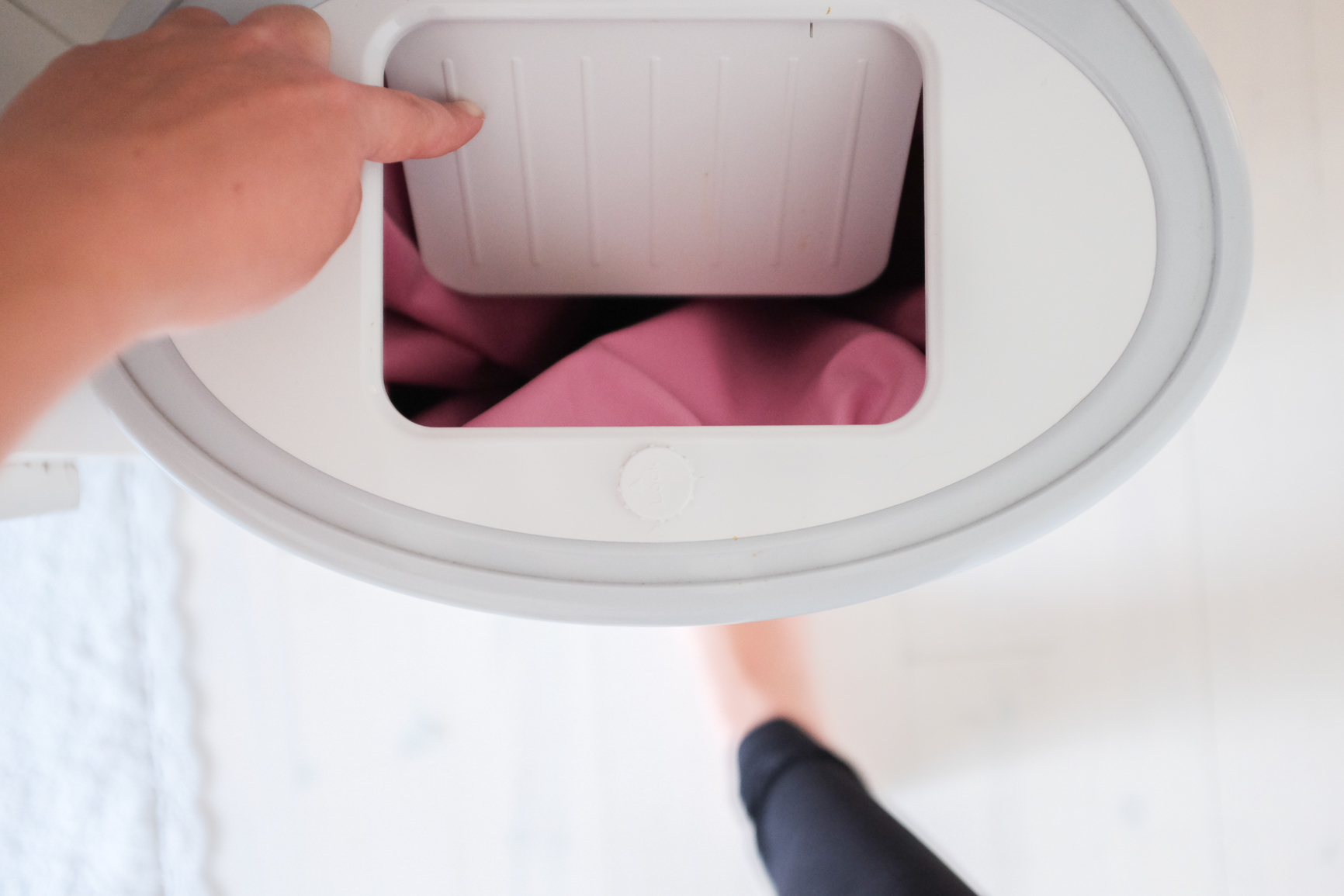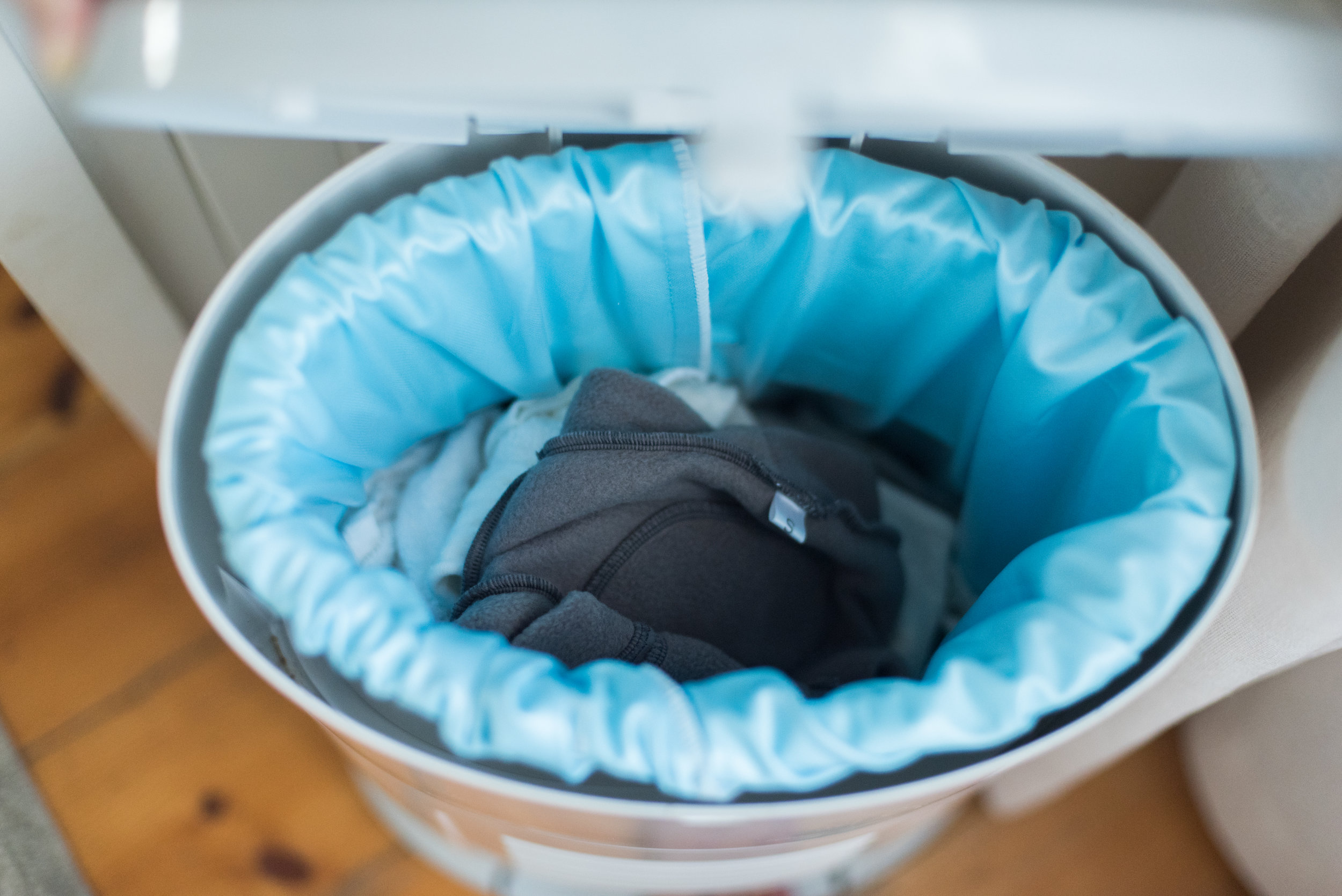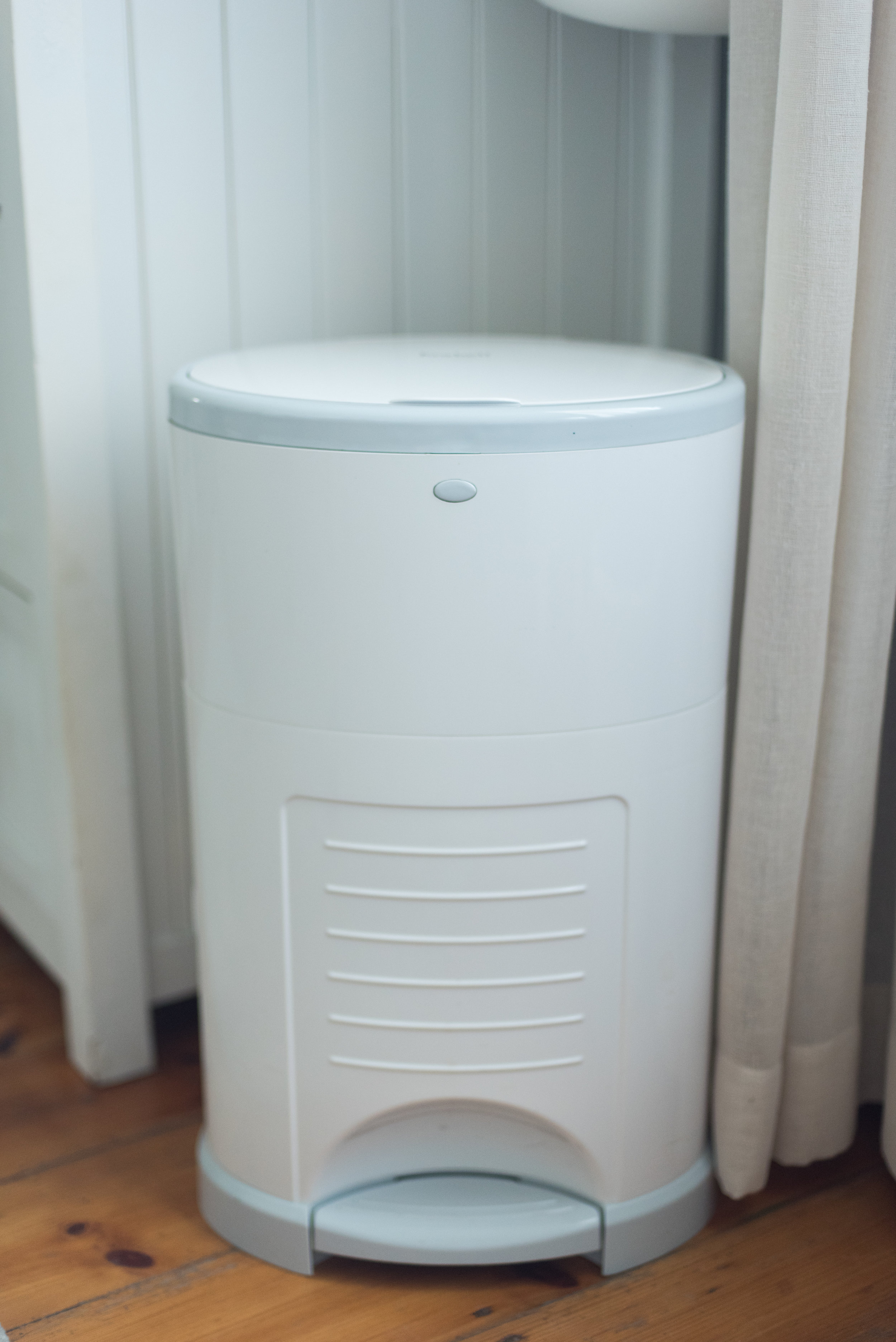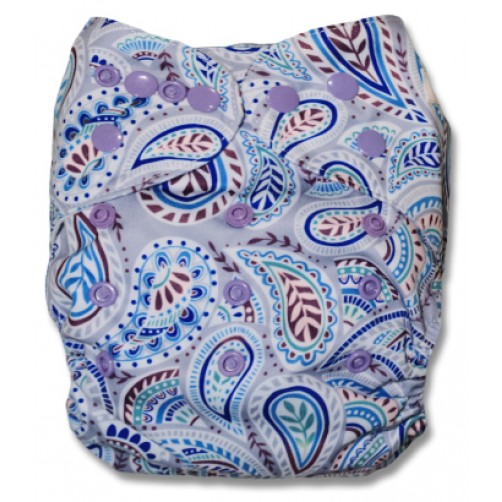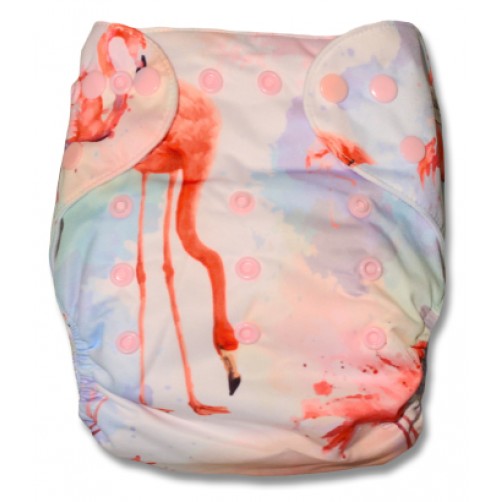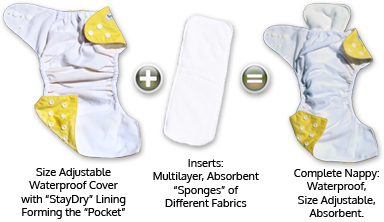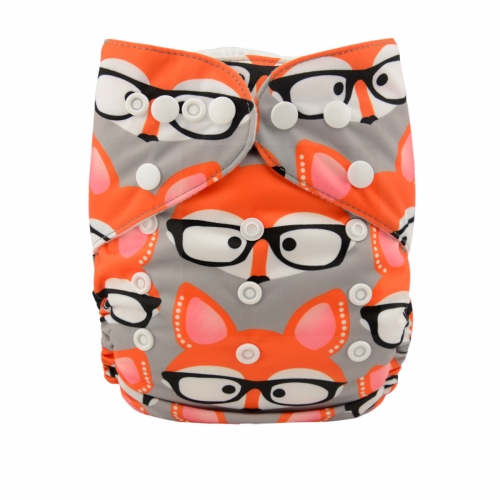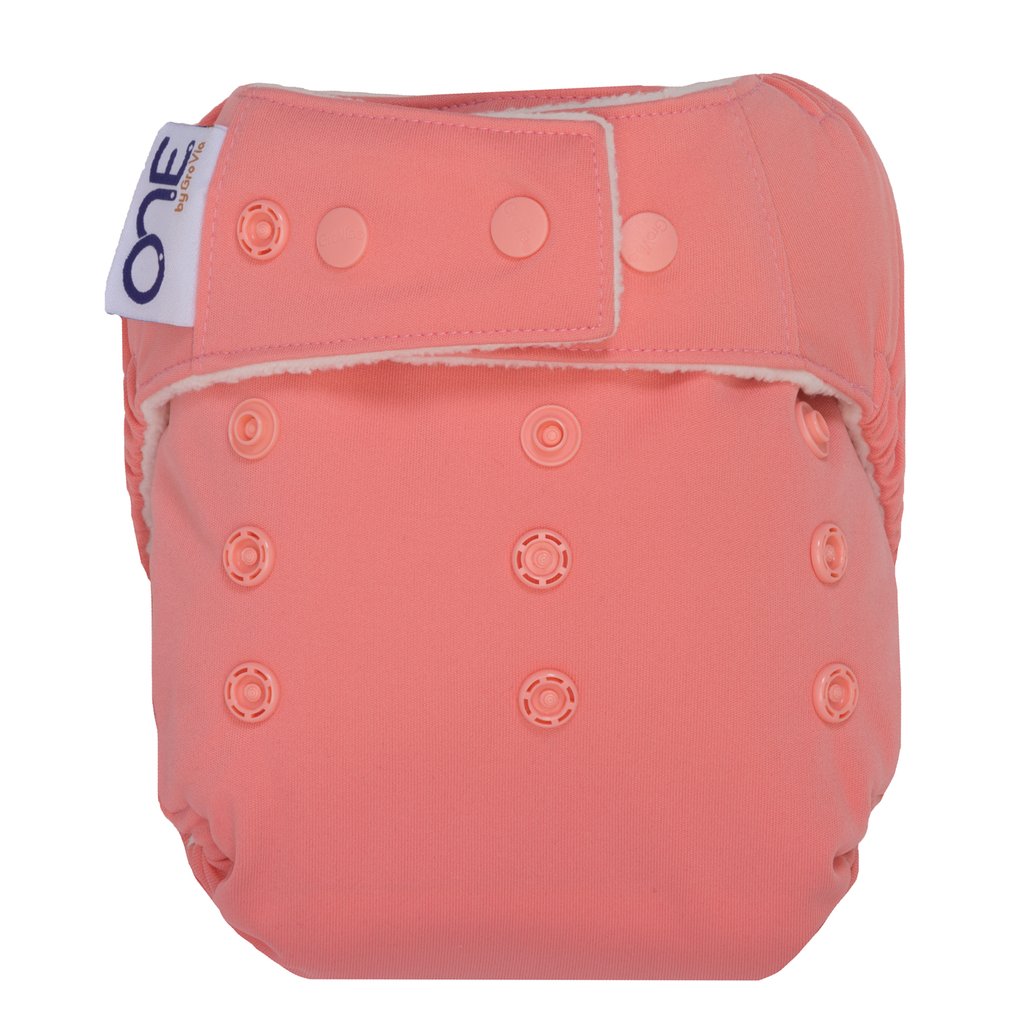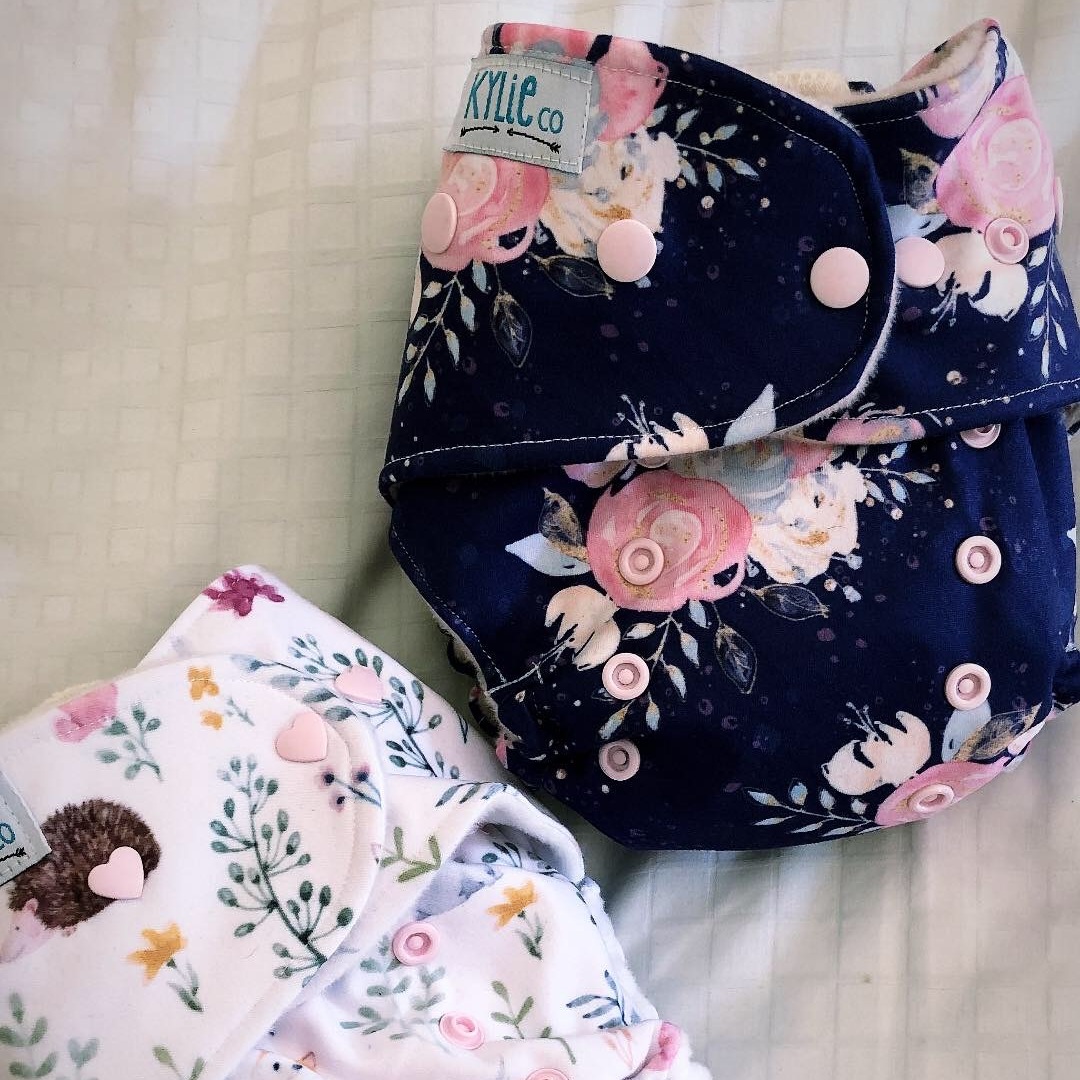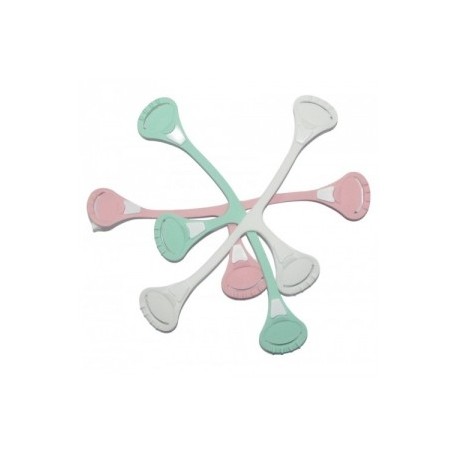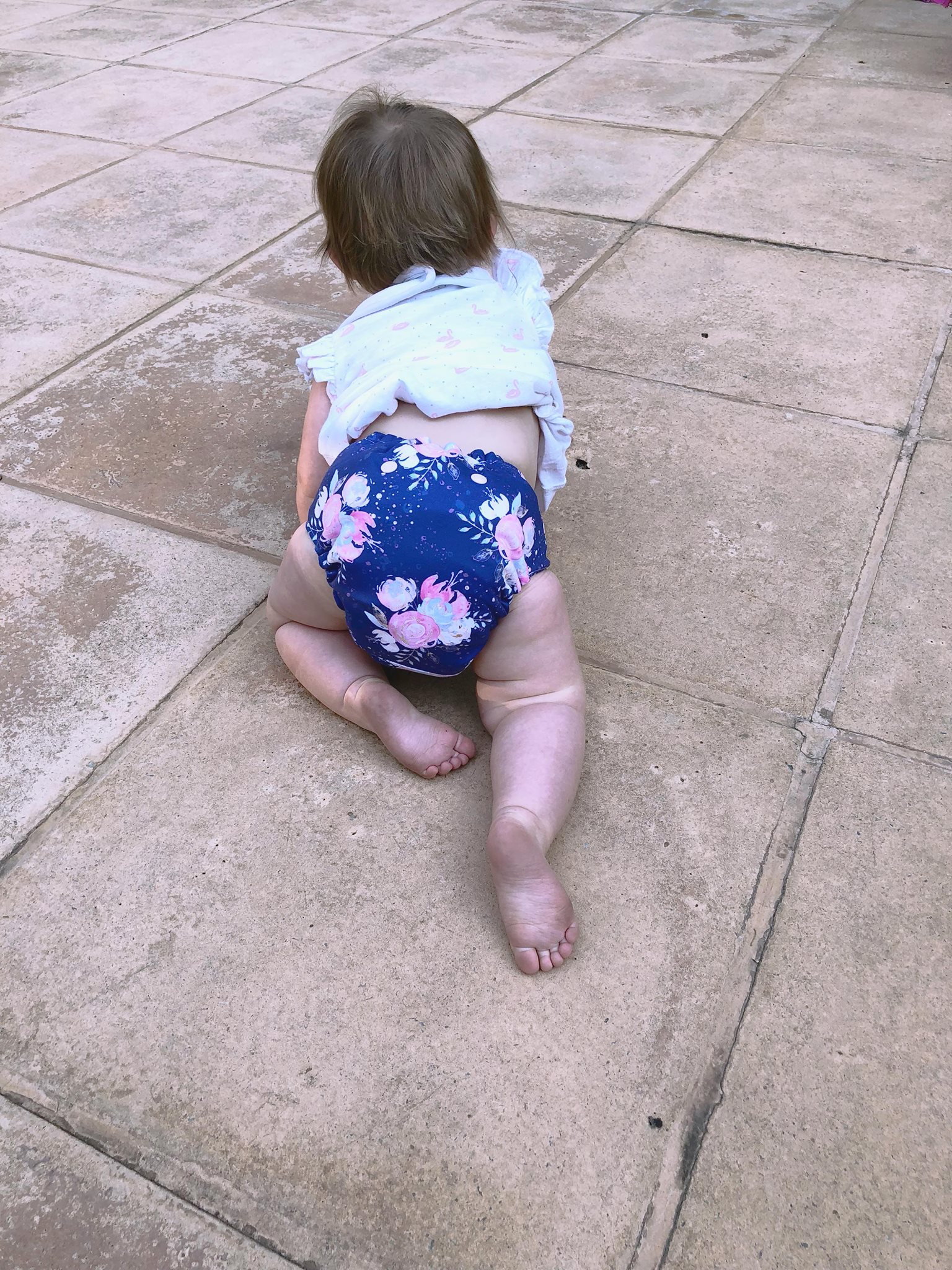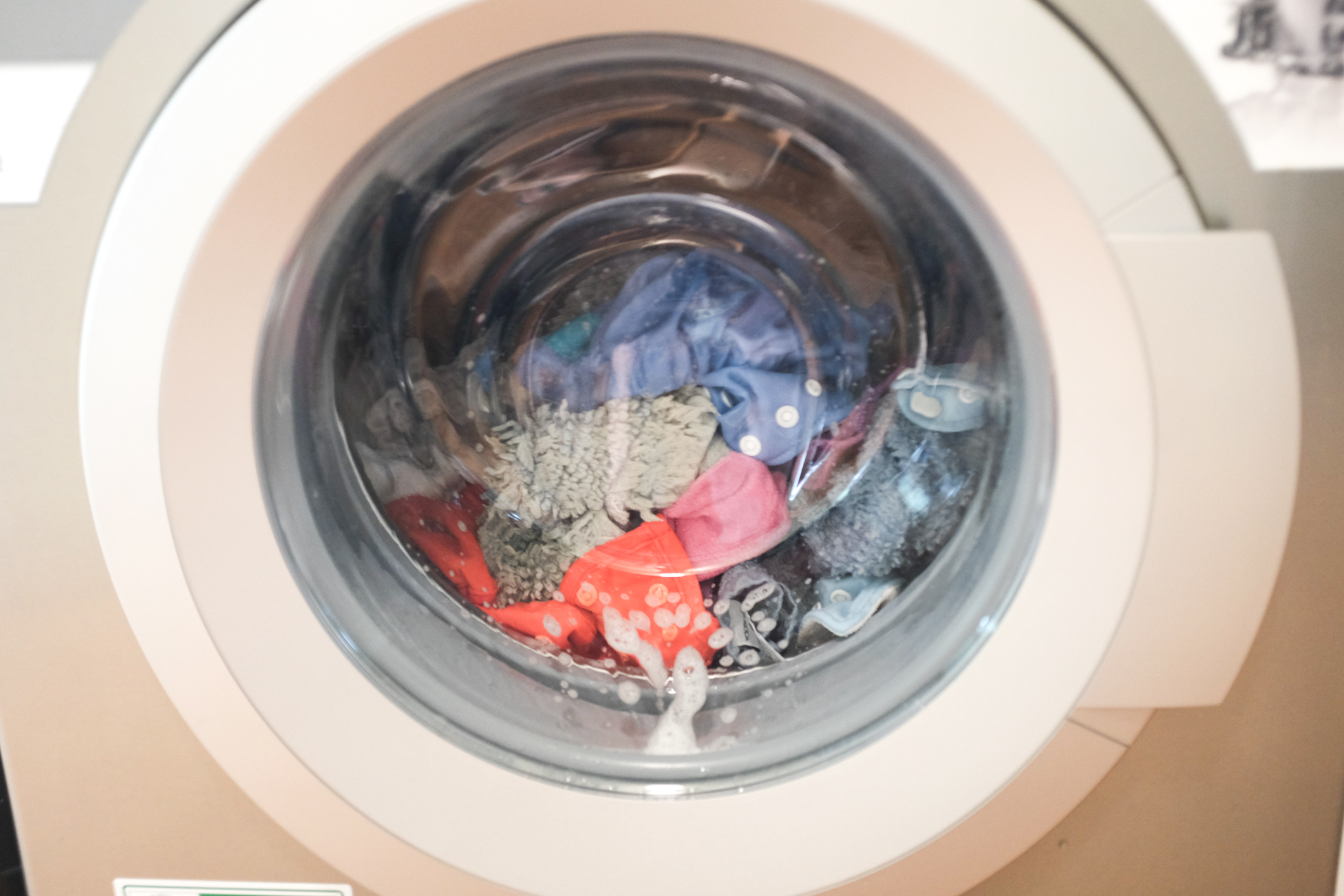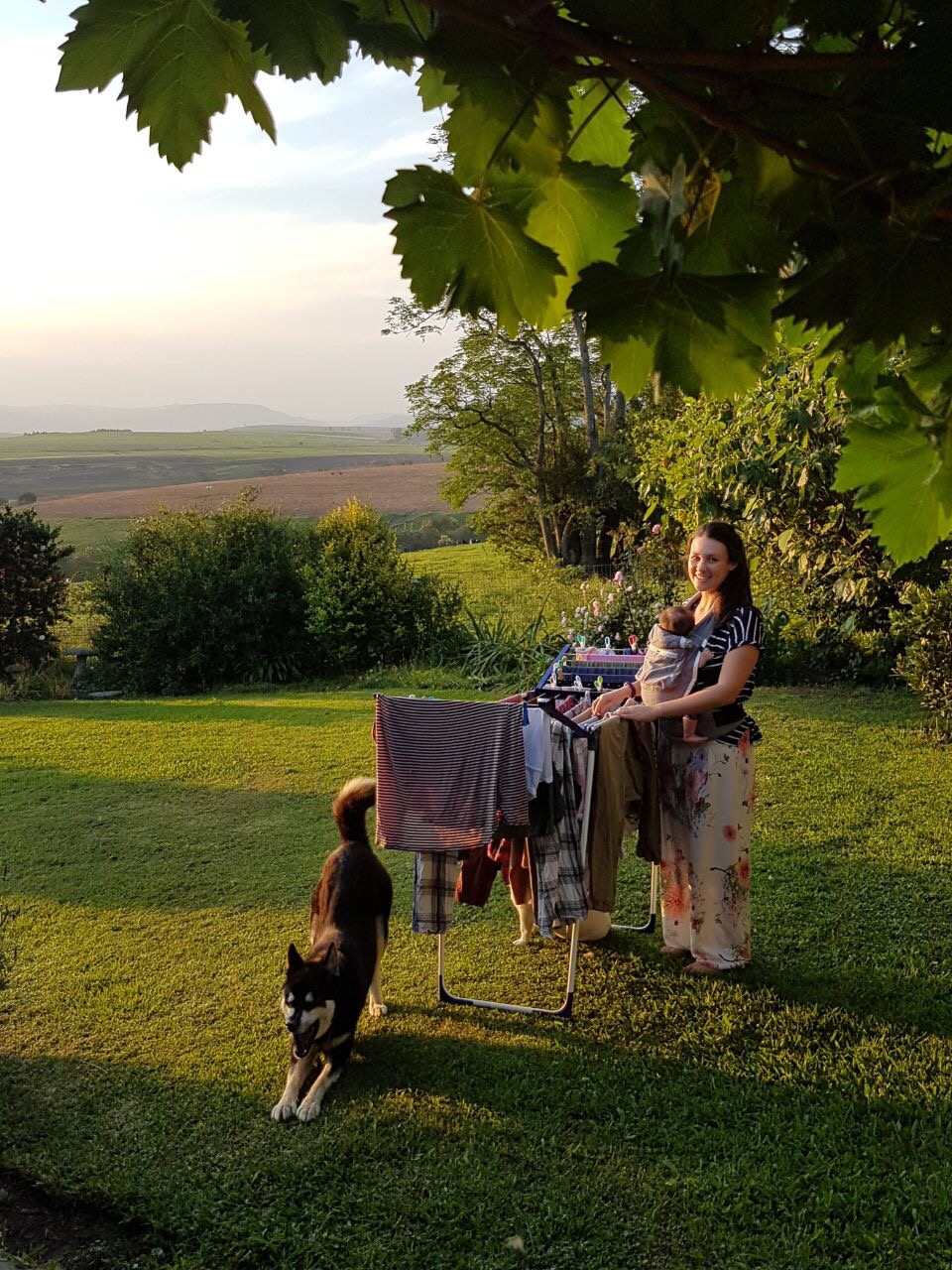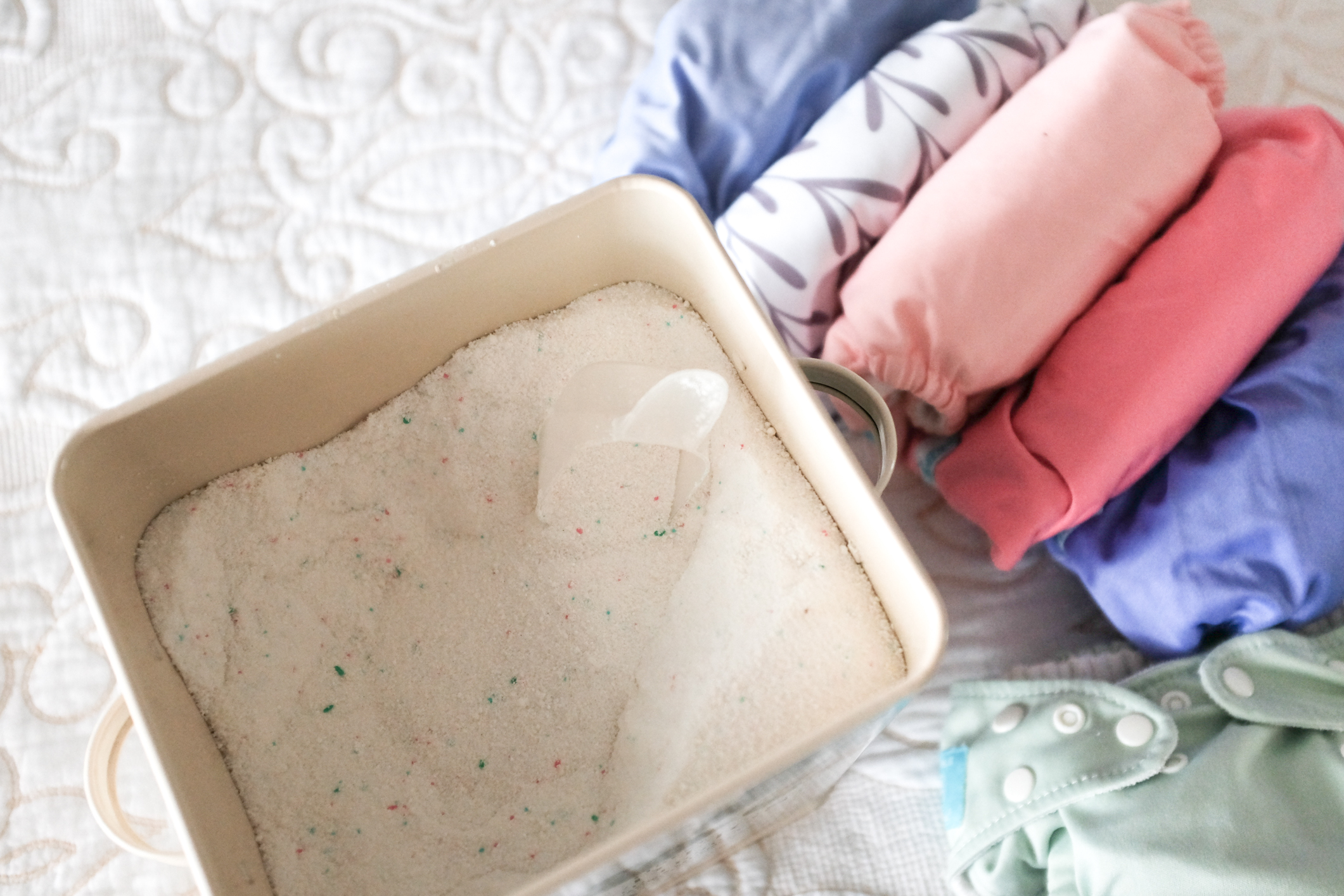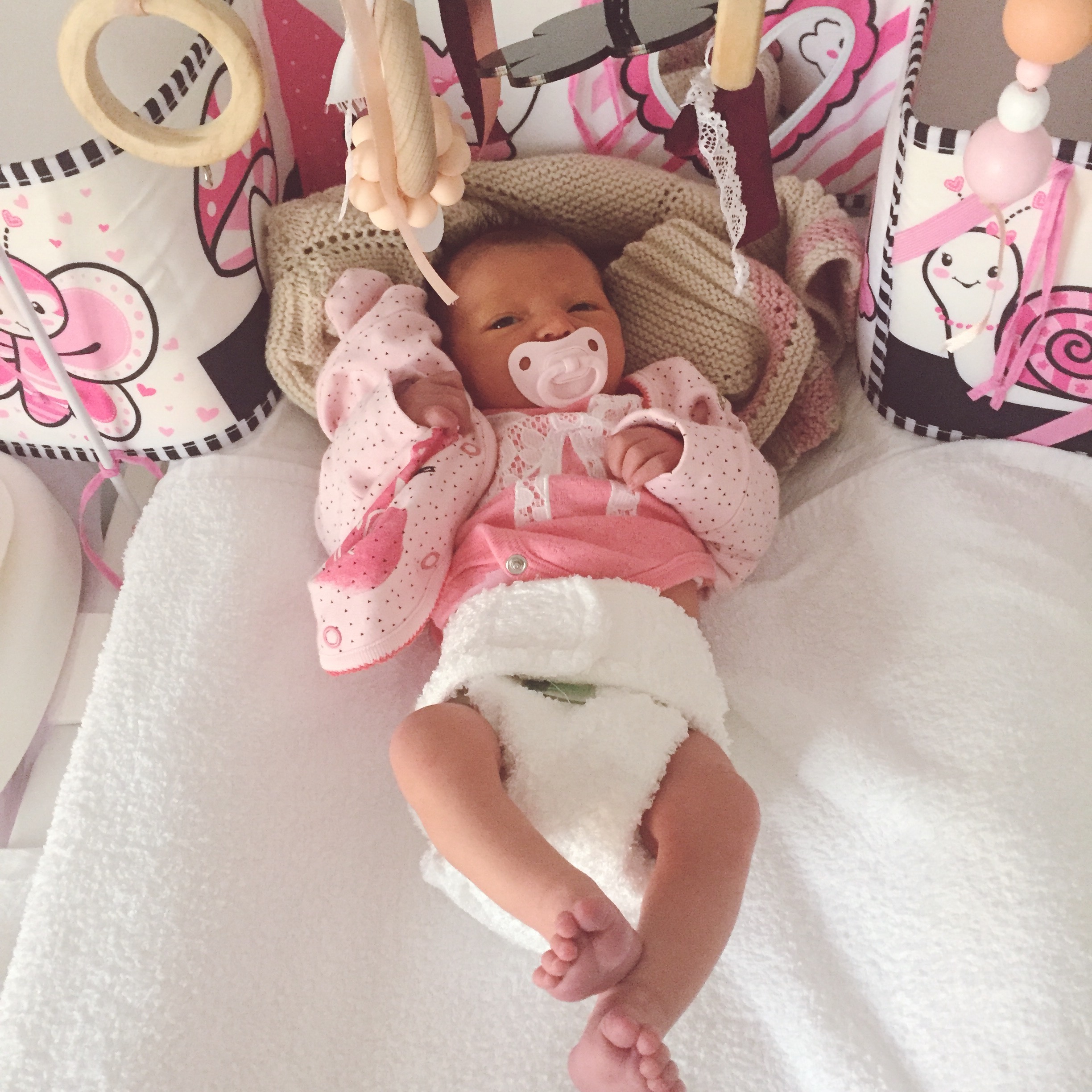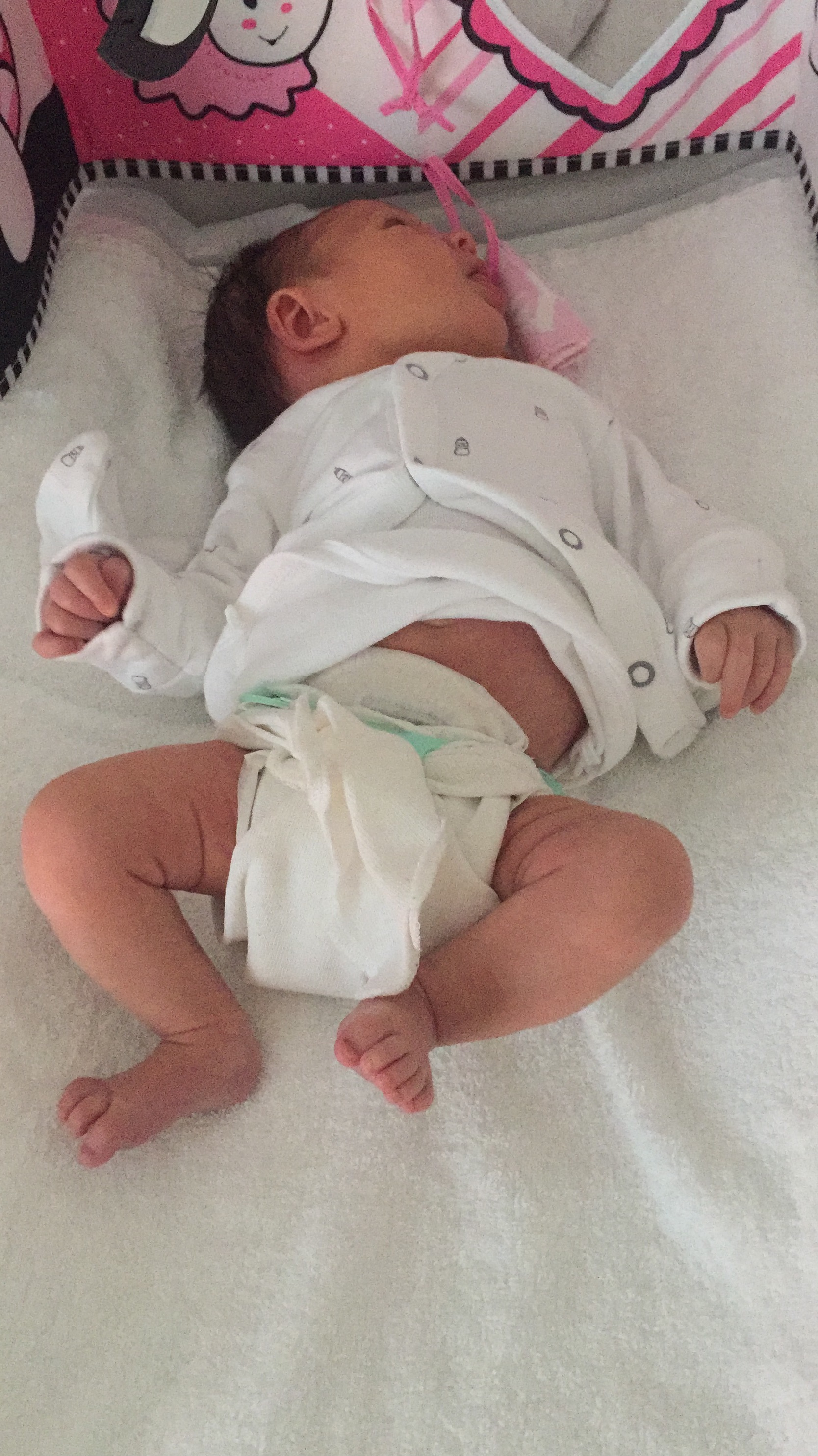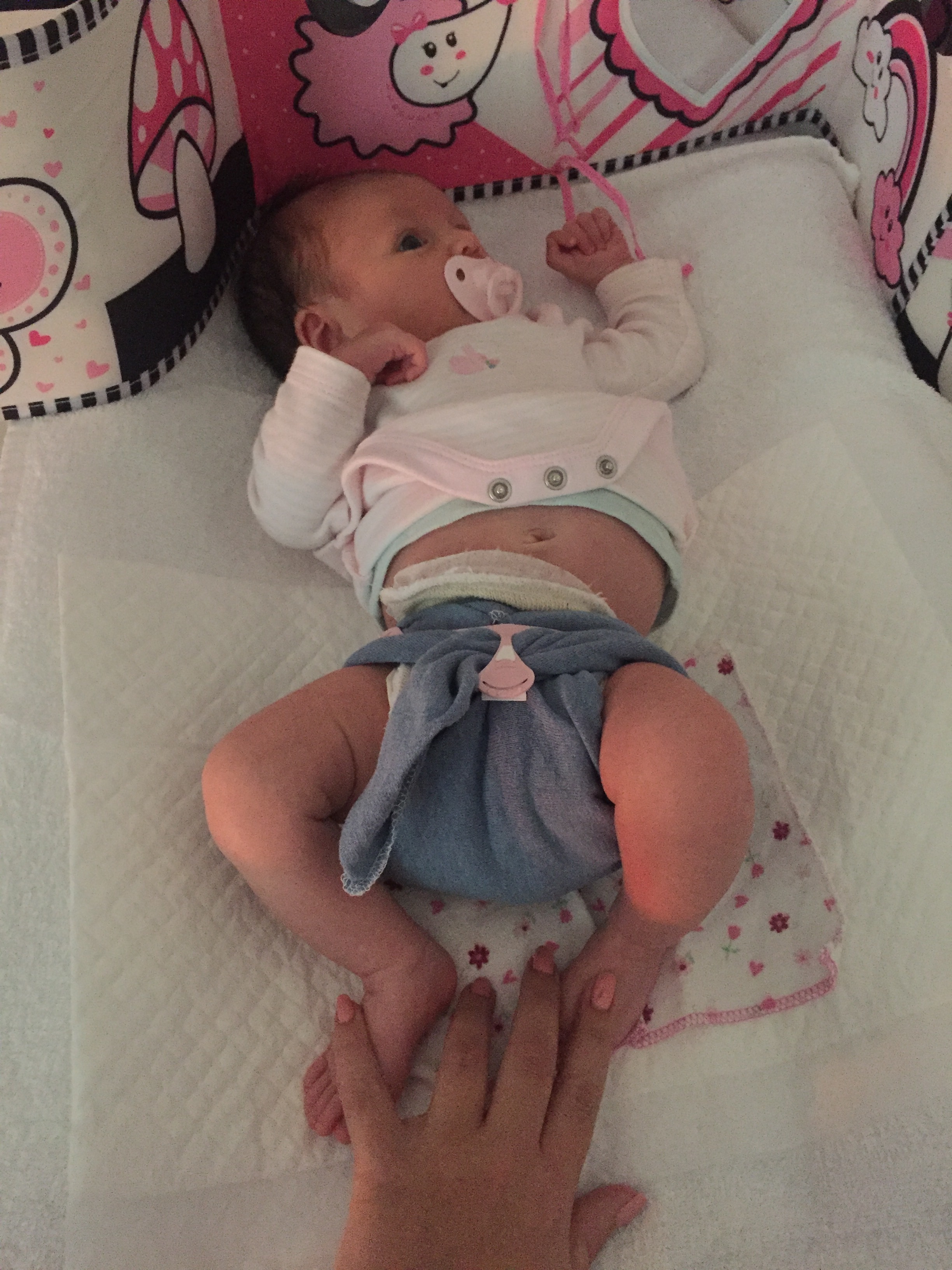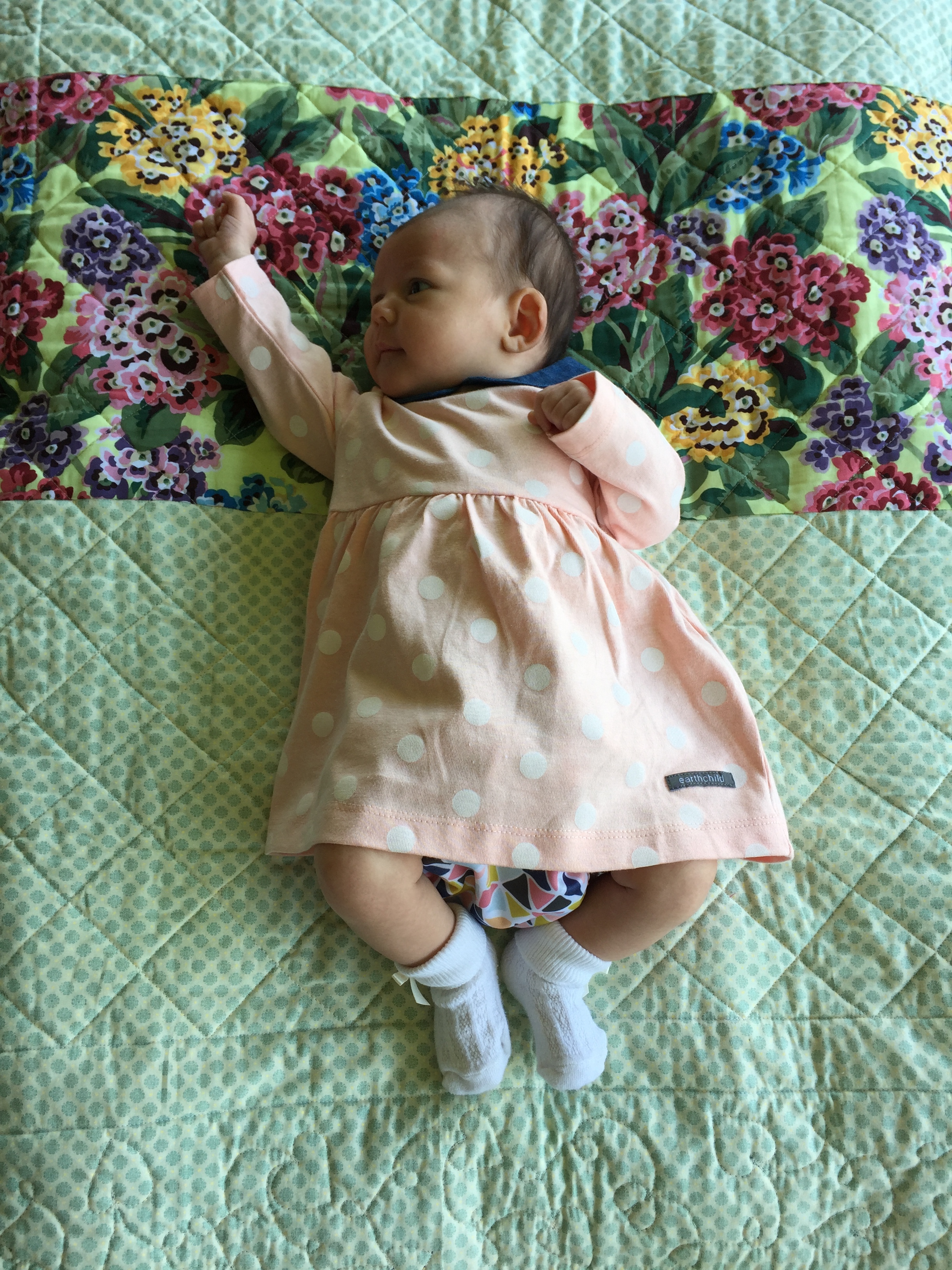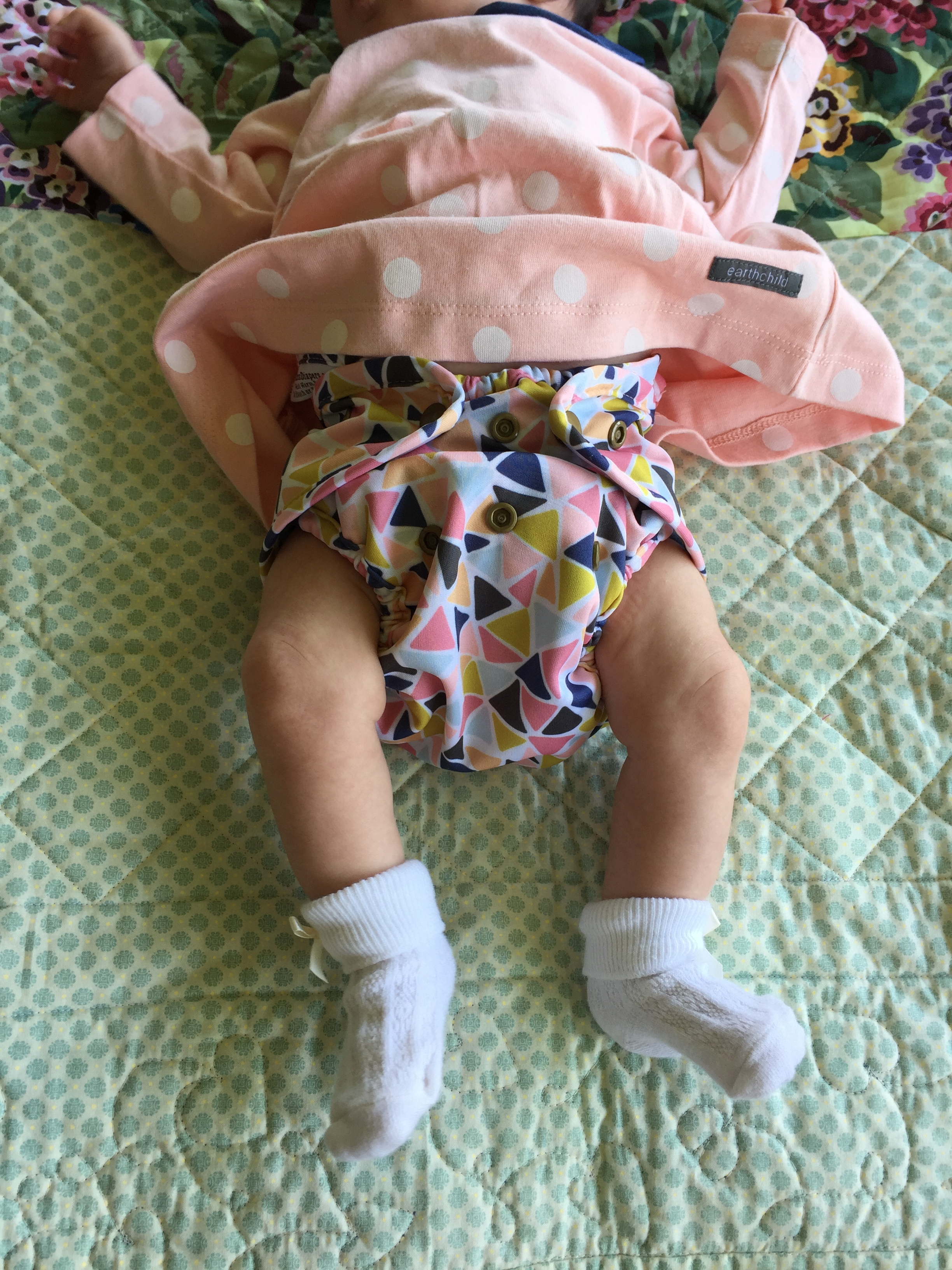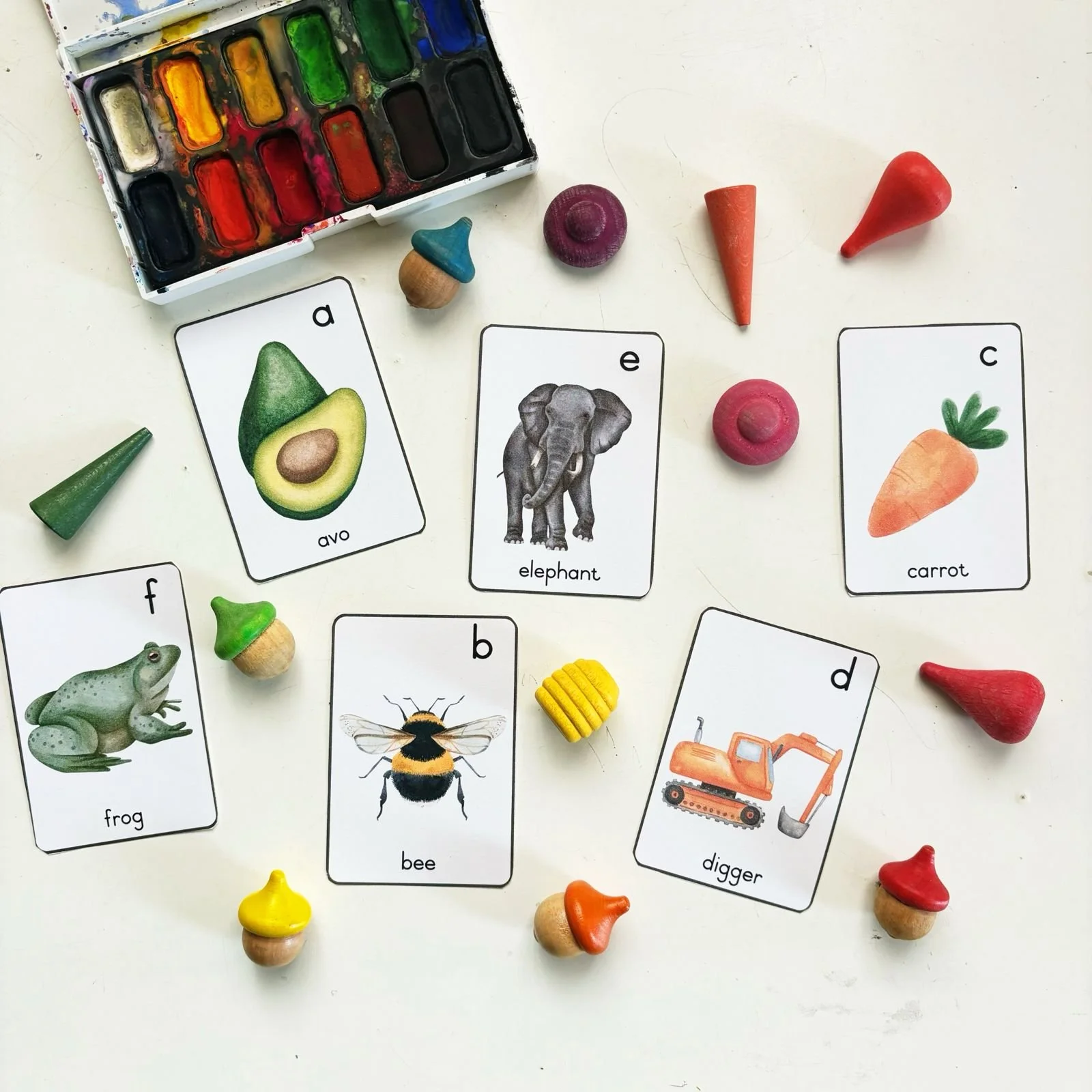Cloth Nappies & Where to start when building your stash
/I found this post sitting in my drafts here and just had to share it even though my youngest child is juuuuuust about fully potty trained and I haven’t needed to worry about cloth nappies for so long! I have to share it in the hopes that it is useful if you are on the cloth nappy journey
Once you dive down the rabbit hole of cloth nappies, it can be so incredibly overwhelming to know where to even begin when it comes to what to buy first. I hope this post makes things a little clearer for you, and than you feel a little less overwhelmed. Please feel free to leave me a comment below with any questions you might have along the way, I could talk all things cloth for days!
Tip #1: ALL cloth nappying/diapering parents are so lovely! You really won’t meet a nicer group of people, who genuinely want to help new parents in their cloth journey. In fact, I’ve made such great friends with moms (I’m sure the cloth addict Dads out there…and I promise you there are some…are just as great) who use cloth nappies. Also, there is no judgement if you just want to dip your toe in and you aren’t sure if you want to commit to cloth 100%. It’s up to you whether you use cloth full time, part time, or just on the weekends when you are home with your kids. But the cloth bug bites hard, and you might not be mentally prepared for how excited you get when changing a nappy/receiving a new nappy in the post.
Tip #2: Not all cloth nappies are created equal. There is a reason some are more expensive than others, and there is a reason why some brands are voted number 1 time and time again. I’m going to share my favourite brands and types of nappies in this post, but as always, bear in mind these are the nappies I’ve had first hand experience with and have used over the past 2.5 years with two kiddos.
Building your stash
The biggest tip I can give, when you start looking into what type of nappies to buy, is to get a variety of different types from a variety of different brands. It can be really tempting to buy those (what appear to be) money saving bundles, but the problem is you really don’t know which nappies you (and your baby!) are going to like/what shape body they are going to have (ie skinny vs chunky legs) and of course their output is baby dependant and changes all the time. You really are going to go through like 15 nappies in a day when they are newborn, and then 5 or so once they get to a year old. And then there will be the odd day when they might poo in every single nappy and then you can’t reu-use any of your covers etc. So it really does help when you have a variety of different nappies on hand so you can see what you like (and most importantly, hubby/your partner can figure out what they like too so that they are more likely to get involved in the nappy changing process too!).
Before we begin, here is a quick breakdown of the different types (I will do a full blog post on this soon) but in the mean time this will give you an idea of what’s what. I bought some of my nappies in the UK & Canada when I had family who could bring them over to me, and I’ve linked those below too:
All-In-One (AIO): the most expensive type of nappy, but also the most convenient & the most like a disposable with the ease of which they go on and off. They are ready to go on the bum straight from the washing machine & don’t need any fancy assembly. These are the easiest for first timers to use, and the ones that Dad’s/Grannies usually reach for first. If you don’t have a budget to consider, then AIO’s are the bomb! I found them to not be absorbent enough for my daughter until about a year, after which I would still boost with an extra padfolded small sized hemp flat. They are very trim, and great when out and about but they do take long to dry because all the parts are ‘sewn together’. I loved using AIO’s from about 15 months, and they became my most used after that. My favourite brands of AI'O’s are Biddykins, Smart Bottoms, Grovia & Thirsties. You can buy Grovia nappies here in SA through Biddykins & Little Sams.
Pocket: a sleeve type nappy that you ‘stuff’ with different inserts (namely microfibre, hemp or bamboo) depending on much much/little absorbency you need. Come in a huge variety of prints & designs, they are quick drying (because the inserts and the cover are separate) are very affordable & you have control over the absorbency as you can add/remove inserts as you need. Downside to them is it can be a pain to ‘stuff’ the nappies and they aren’t suited to night time (because you need A LOT of absorbency for nights). I love pockets for day time wear, and my daughter (2 years old & day time potty trained) uses these for her naps with a hemp & a bamboo insert as they are my most absorbent ‘day’ nappies). My favourite brand of pocket nappy is Biddyins.
Snap-In-One (SIO): basically an All-In-One nappy whose inserts ‘snap in/on’ as opposed to being sewn on. These have all the convenience of an AIO but they dry quicker because the inserts wash separately. My favourite SIO nappy is the Grovia O.N.E (which you can buy here in South Africa through Biddykins & Little Sams). Another lovely local SA brand is KylieCo which makes GORGEOUS custom designed nappies, but they are on the pricier end at about R450 a nappy. Although they are beautiful (and their squishiness & prettyness justify their hefty price tags, I don’t find them to be as absorbent as my other nappies).
All-In-Two (AI2): these are generally made up of a waterproof cover with inserts that lie/clip into the cover. In this way they are similar to SIO’s but their shell (the waterproof outside part) is able to be re0used in between nappy changes because you can simply give it a wipe unless it has been heavily soiled. My favourite brand of AI2’s is Buttons Diapers (available here in SA through TinyHiney & Smitten Baby Boutique.
Fitted: a full absorbent nappy that needs a waterproof cover. They come in different fabrics (usually bamboo cotton or hemp) and are an amazing night nappy. They do tend to be bulky (but this is the case with all night nappies) and are either snap-less (which means you need to use something like a snappy to close them) or they come with snaps/velcro for easy clipping open/closed. They take a while to dry, but are very absorbent. My favourite fitteds are:
-daytime: Pokkelokkie Dawnpatrol
- nighttime: Pokkelokkie Sleepy Dust & Sloomb
Hybrid Fitted: usually made by WAHM's (work at home moms) and they have a water-resistant layer (fleece) sewn in but do need a cover to be fully waterproof. These are my least favourite nappies because both of my kids have been heavier wetters and so the beautiful prints that these nappies can come in are always going to have to be covered by a waterproof cover, and then I don’t see the point in having such a pretty nappy that you will never see. If you have a light wetter, you would get away with using these with no cover.
Flat: these are the ‘old school’ nappies that our mums and Grans used to use (remember the ‘terry towel squares’?, but these days they come in lots of different fabrics. - The fabrics that are popular today are just trimmer than the old terry towelling nappies, and of course there are loads of different colours around nowadays. Flats are just that, a flat layer of fabric, cut into a square, that you fold and then secure with a snappy or a pin. They usually come in 3 sizes: newborn/small (50cmx50cm), medium (60cmx60cm) and then OSFM or large (70cmx70cm). I LOVE flats and have used them on both of my little ones from birth. They are the most versatile nappies for the newborn stage, and they make the best night nappies because they are trim, super absorbent and can be easily boosted. I use flats for both my kids at night, with a fleece cover for Aaron, and with a nice stretchy blueberry coverall cover for Everly.
My absolute favourite flats are Pokkelokkie hemp flats (the blue ones pictured below). I am STILL using Everly’s old newborn sized flats to boost her night & day nappies, and they are still going strong on Aaron.
Prefold: these are similar to the flats as they are also square/rectangular, but they have an extra absorbent middle layer (basically the middle of it has already been boosted and sewn together) giving you more layers for absorption. They are fastened with a snappy/pin & need a cover. They can come with ‘wings’ cut out (making it much easier to fold onto baby, and I love using these on Everly at night and have done so since she was about 15 months old. These are easier for Dad to work with that a plain flat. My favourite prefolds are the winged help ones from Kanini (but mine are very well used as you can see from the pic below, and they have little holes from being fastened with a snappy).
I fold the bottom of the nappy up (pictured on the flat) to make it a bit smaller for Everly, and then padfold another small sized hemp flat in the middle before folding the sides over. I then put another small padfolded hemp flat between the nappy & the cover, and this is what I do for Everly for nights. It’s a very bulky nappy but works like a bomb for 12-13 hours of wear.
*As mentioned above, at the time of posting this I am WELL out of the nappy game with my youngest, Mason, allllmost full potty trained at 3.5years. But I couldn’t leave this post sitting in my drafts with so much good information! I hope you find this post useful in your cloth nappy journey*







































